 Abraham Lincoln
If given the truth, the people can be depended upon to meet any national crisis...
Abraham Lincoln
If given the truth, the people can be depended upon to meet any national crisis...
 Guildford news...
for Guildford people, brought to you by Guildford reporters - Guildford's own news service
Guildford news...
for Guildford people, brought to you by Guildford reporters - Guildford's own news service
Birdwatcher’s Diary No.310
Published on: 17 Aug, 2024
Updated on: 18 Aug, 2024
By Malcolm Fincham
Moving into August, the brief spell of hot weather that ended July across the southern counties of the UK had dissipated.
Apart from a few heavy spells of rainfall, it remained mostly dry allowing a few warm sunny spells during the first weeks of August, culminating in another brief spike of hot weather as we approached the middle of the month.
On August 1 I visited Farlington Marshes, near Portsmouth, in the company of a couple of old school-time friends David Rose and Simon Vine.
Although spending much of our time recalling and catching up on past ventures, mostly from our youth, I was able to point out a few species of birds they had rarely viewed.
These including several flocks of rather vocal oystercatchers.
A number of little egrets were also present, these being birds not seen in the UK during our youth.
A few black-tailed godwits had begun to return from their northerly breeding grounds.
And a small murmuration of starlings had begun to gather with a flock of 50 or so descending on to the now ripening blackberries.
Our prize finding of the day was a family group of half a dozen or so bearded reedlings within the phragmites reeds near the information hut.
Although not easy to focus on with my camera as they flitted about the reeds, eventually I did manage a photo of a female.
Having to rely on a previous photo of a male to compare the difference.
A visit to Oare Marshes, Faversham, Kent in the company of Dougal just a few days later found a few post-breeding birds now moving south. These were ones we hadn’t already seen this year, and which were stopping off, some on passage to wintering grounds further south.
They included two curlew sandpipers, although reasonably viewed through a telescope, but were beyond the view of my camera lens.
I was, however, able to get record shots a distant spoonbill.
As well as part of a congregation of 43 or so golden plovers.
And a couple of distant ruff also present.
The fields nearby had been recently harvested, showing signs of the turning tide of summer.
Here we were able to view one of the reported migrator turtle doves.
We also had the fortune of picking out a Bonaparte’s gull.
In their homeland across the Atlantic they can be viewed in flocks. This one was a bit of a loner and had spent the last 12 summers visiting the areas in and around Oare Marshes.
Now molting from its summer plumage, apart from its black bill and slightly smaller size, it was now becoming less distinguishable from the black headed gulls there.
Early in the month on Pewley Down brimstone butterflies could be found in reasonable numbers.
In fewer numbers than previous years were chalkhill blues, counting just 40 or so on my transit across the southern slopes of the downland.
A few common blue butterflies had begun to emerge.
And a few holly blues could be seen, now on their second brood.
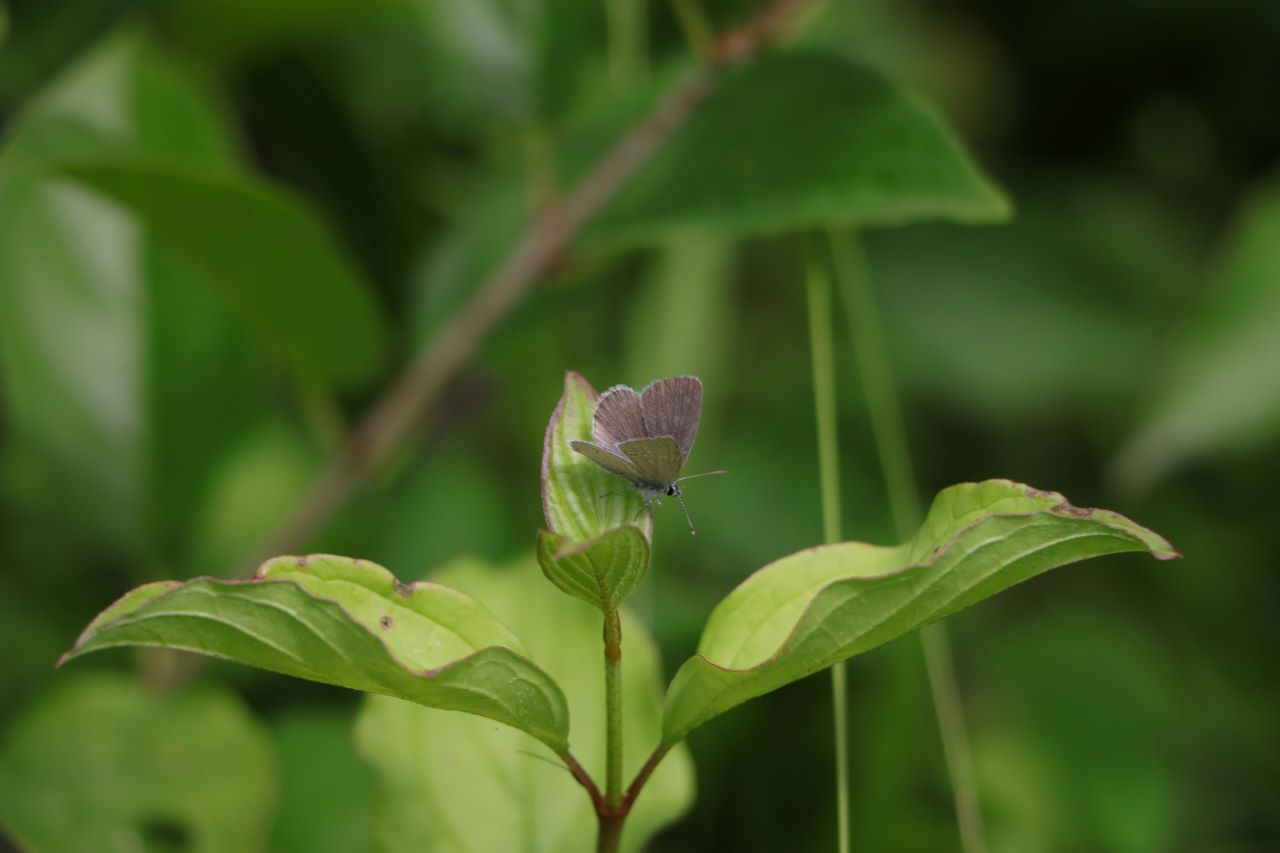
Small blue, Pewley Down.
Also adding a several second brood small blue butterflies.
And a few small copper butterflies added to my day list.
Marbled white butterflies were now coming to the end of their reign with just two seen on the south-facing slopes on a return visit on August 13.
Gatekeeper butterflies continued to be the most prominent across the hillside.
While the most common UK butterfly, the meadow brown, continued to be viewed.
Attempting to make up for the dearth of butterflies in previous months were a few fresh looking….
Comma butterflies.
Peacock butterflies.
Large whites.
And several small heath butterflies.
Adding to this year’s sightings were a couple of Jersey tiger moths, as I traversed the hillside.
Looking across the valley between the downland and the Chantries to the south, several birds of prey could be seen.
These including kestrels hovering over the southern slopes.
With occasional red kites drifting through the valley.
Also adding a common buzzard to my day’s sightings.
At Britten’s Pond during the first days of the month, the first reports in for a while from some of the anglers was that a kingfisher had been seen there.
Worryingly, it was a bird I hadn’t seen about the water since the latter days of May – the longest absence I recall since visiting the pond.
On August 4 I was able to catch a photo of the reported bird as it momentarily perched up in the area of the silt pond beside the main water.
A juvenile common buzzard flew over, calling.
While in the oak trees by the car park a few purple hairstreak butterflies could still be viewed.
At least two nuthatches showed well as they came down from the trees to feed on the seed that had been scattered near the entrance to the pond for the dozen or so geese still present.
While a treecreeper could be viewed as it crept up one of the nearby trees.
A visit to St Mary’s churchyard, Perry Hill, allowed me the opportunity of sighting at least one family of firecrests, even getting a few photos.
Also getting a photo of one of two green woodpeckers perched on one of the gravestones, also hearing a third one ‘yaffling’ just beyond the perimeter of the churchyard.
And a belated visit to the Knepp Estate in West Sussex on August 12, once again in the company of Bob and Dougal, found as many as 53 young white storks had recently been ringed during the continuing rewilding project.
Having already fledged their nest sites, some were still hanging about, seeing a few distant birds and one flying overhead during our walk.
Continuing our ventures on August 15, we visited Denbies Hillside, at Ranmore Common, near Dorking.
Here we were immediately welcomed on to the site by a kestrel hunting over the hillside.
As well as a common buzzard drifting overhead.
Chalkhill blue butterflies had increased in numbers since our previous visit.
Although not in the sort of numbers we had seen in previous years, it was good to see a few females present.
Brown argus butteries were also present, looking rather smart in their appearance.
Always rather special to find were several adonis blue butterflies, just out on their second brood of the year.
A group of slow worms could also be found, revealing how varied they can be in their colouration.
Most importantly, our target species of the day, despite the breezy and mostly overcast conditions, were newly emerging silver-spotted skipper butterflies. One eventually revealed itself with much thanks to Bob for finding all three of our sightings!
Responses to Birdwatcher’s Diary No.310
Leave a Comment Cancel reply
Please see our comments policy. All comments are moderated and may take time to appear. Full names, or at least initial and surname, must be given.Recent Articles
- Men In Their 60s Arrested After Fight At Newlands Corner
- New Cancer Charity Offers Support To Patients On Road To Recovery
- Councillor Calls on Colleagues To Stop Patronising Parents of SEND Children
- ‘Catapults Must Be Treated Like Knives’ Says Deputy Police Commissioner
- New Study Shows Promise In The Diagnosis of Poor Blood Circulation
- Fake News To Be Examined at the Guildford Institute
- Updated: Crop Fire Destroys Wheat Field on the Slopes of the Hog’s Back Near Guildford
- Update: Roadworks Planned for Portsmouth Road Postponed
- Guildford Students’ Artwork on Display at the National Gallery
- Thames Water Announce Hosepipe Ban – But Not for Guildford



Recent Comments
- Graham Vickery on Letter: Local Government Reorganisation Consultations Are Too Little, Too Late
- Peta Malthouse on Normandy Housing Plan Reignites Concerns Over ‘Damage To Our Community’
- Richard Cooke on Letter: Snail-paced Progress for Full Weir Repair
- Bethan Moore on Guildford’s First “Bike Bus”
- Andy Friend-Smith on Guildford’s First “Bike Bus”
- Peter Mills on Guildford’s First “Bike Bus”
Search in Site
Media Gallery
Dragon Interview: Local Artist Leaves Her Mark At One of England’s Most Historic Buildings
January 21, 2023 / No Comment / Read MoreDragon Interview: Lib Dem Planning Chair: ‘Current Policy Doesn’t Work for Local People’
January 19, 2023 / No Comment / Read MoreA3 Tunnel in Guildford ‘Necessary’ for New Homes, Says Guildford’s MP
January 10, 2023 / No Comment / Read More‘Madness’ for London Road Scheme to Go Ahead Against ‘Huge Opposition’, Says SCC Leader
January 6, 2023 / No Comment / Read MoreCouncillor’s Son Starts Campaign for More Consultation on North Street Plan
December 30, 2022 / No Comment / Read MoreCounty Council Climbs Down Over London Road Works – Further ‘Engagement’ Period Announced
December 14, 2022 / No Comment / Read MoreDragon Interview: GBC Reaction to the Government’s Expected Decision to Relax Housing Targets
December 7, 2022 / No Comment / Read MoreHow Can Our Town Centre Businesses Recover? Watch the Shop Front Debate
May 18, 2020 / No Comment / Read More



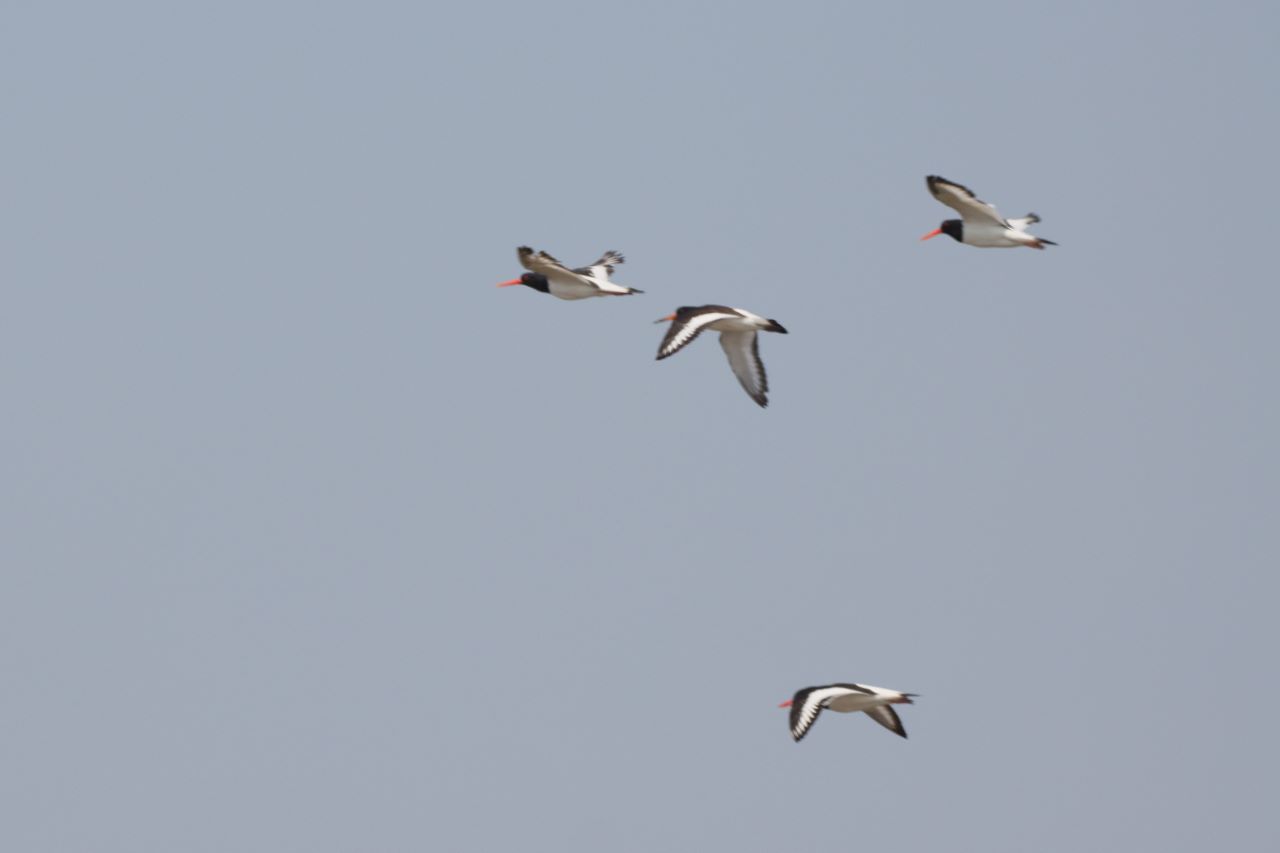
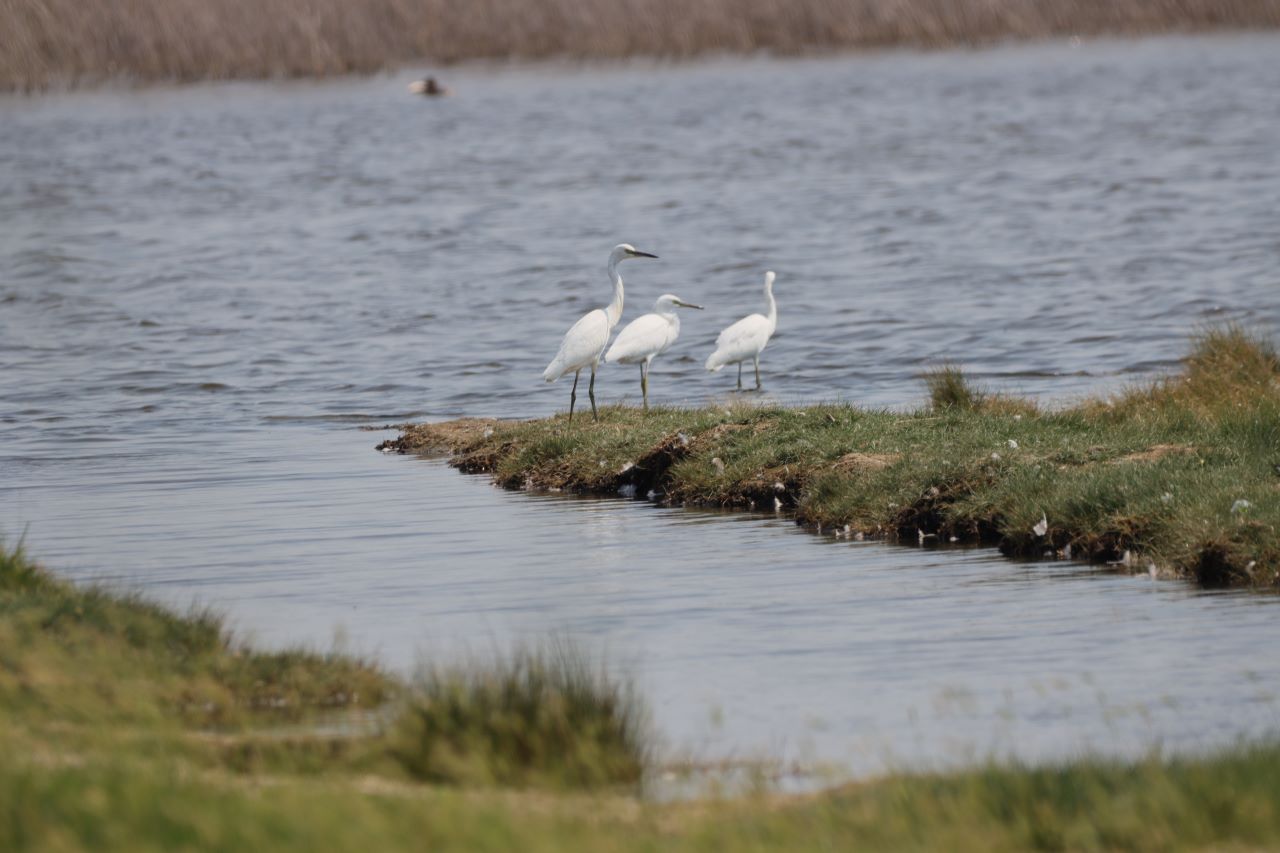
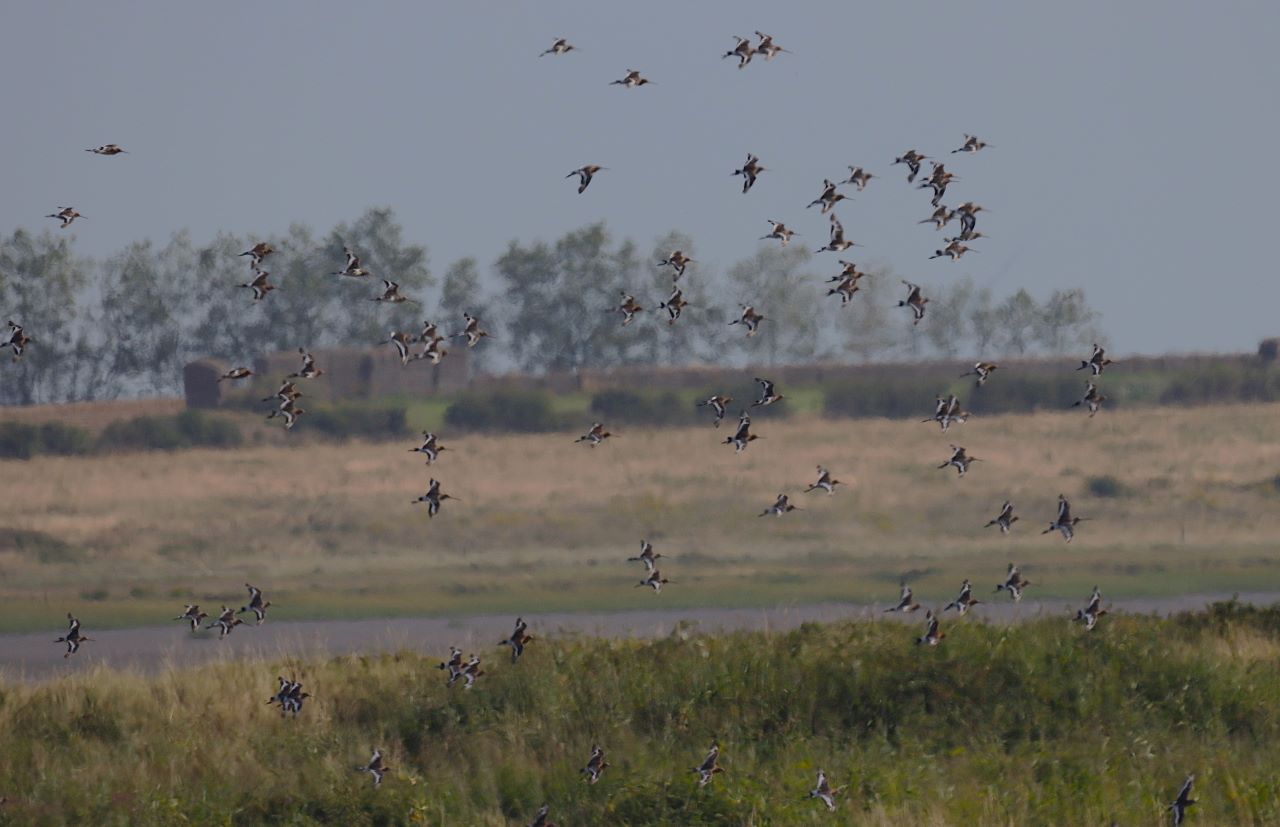
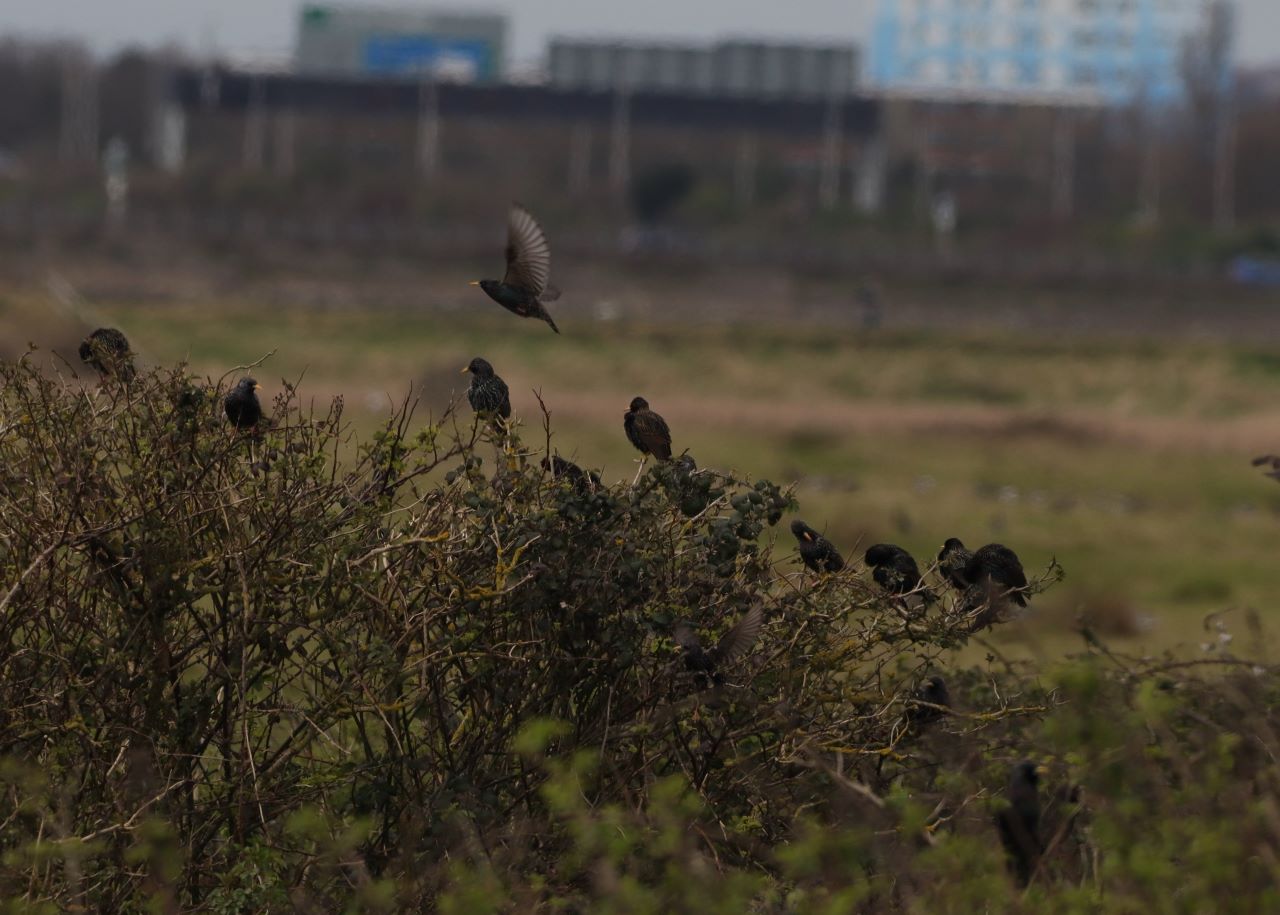



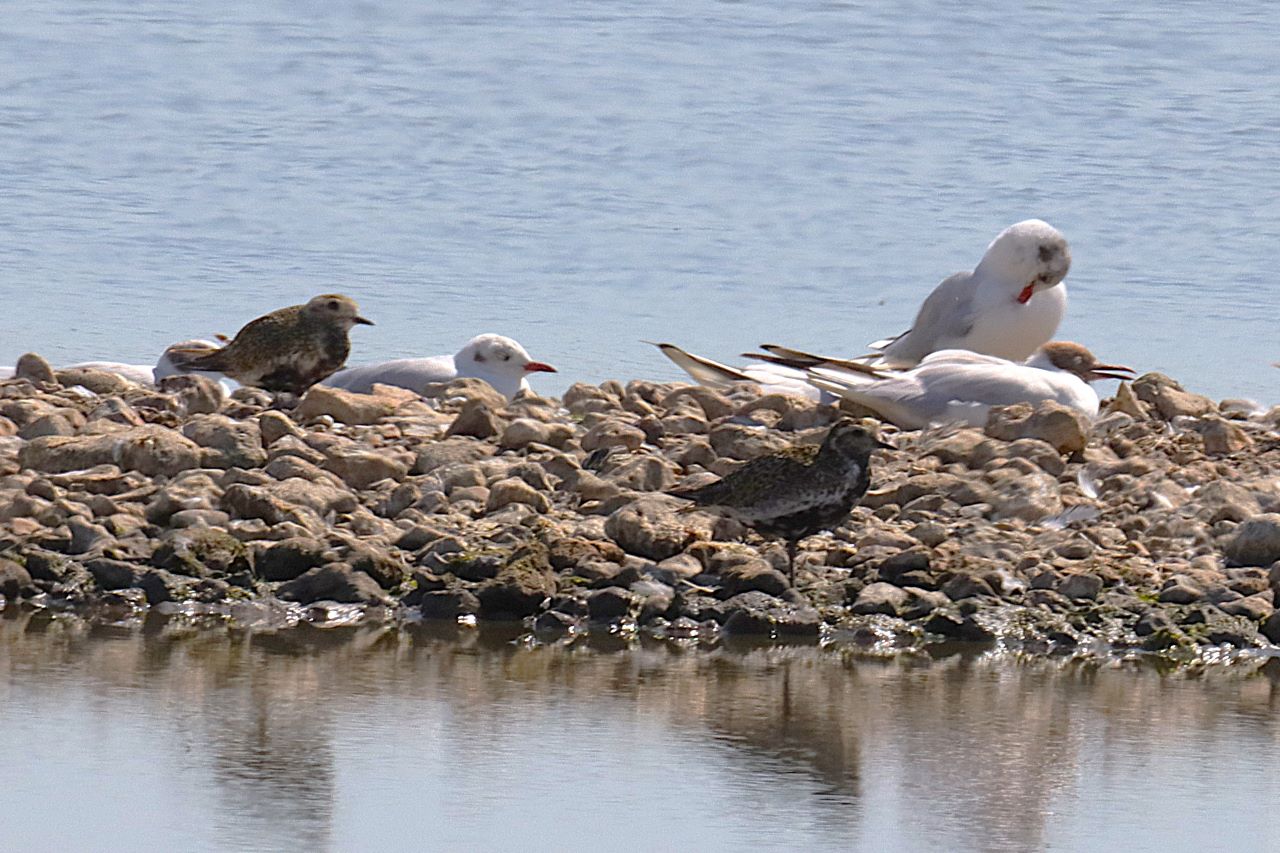
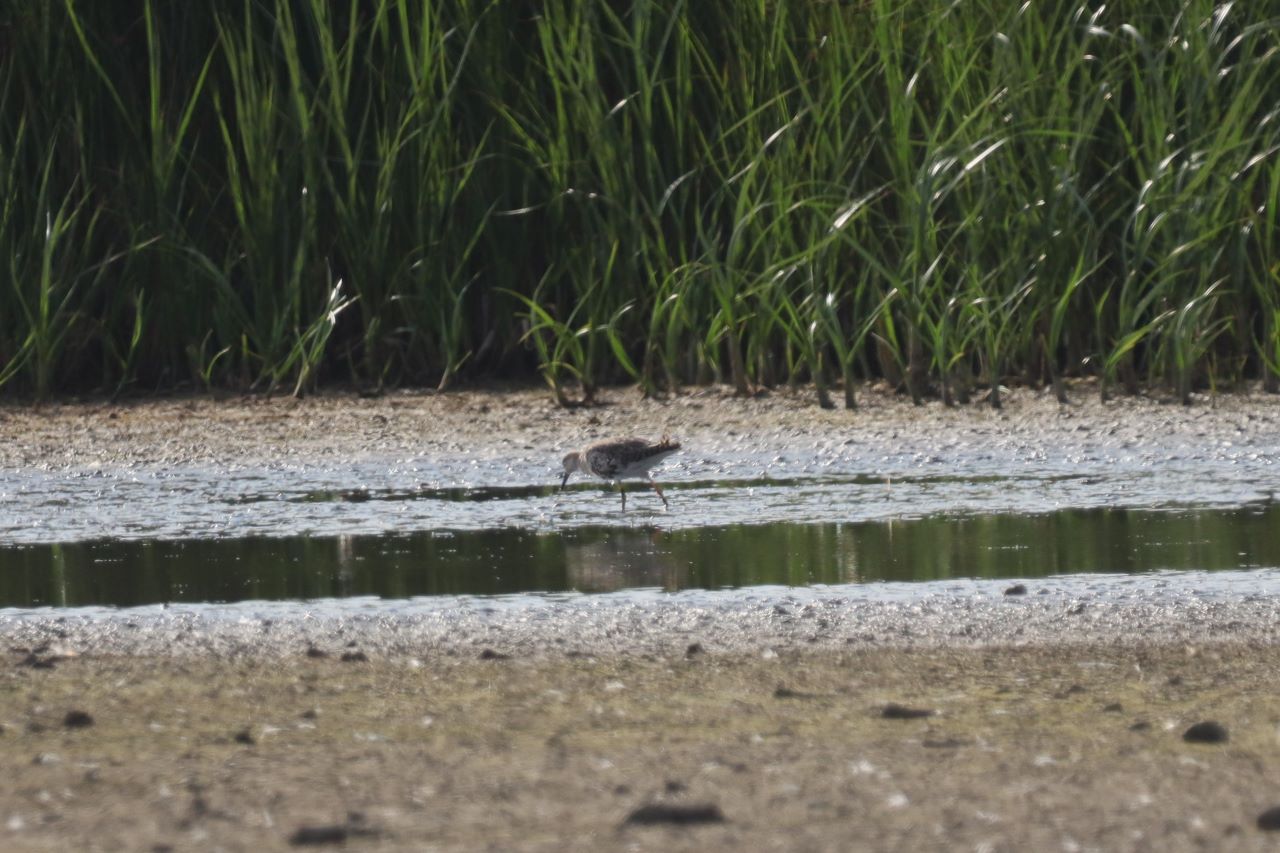

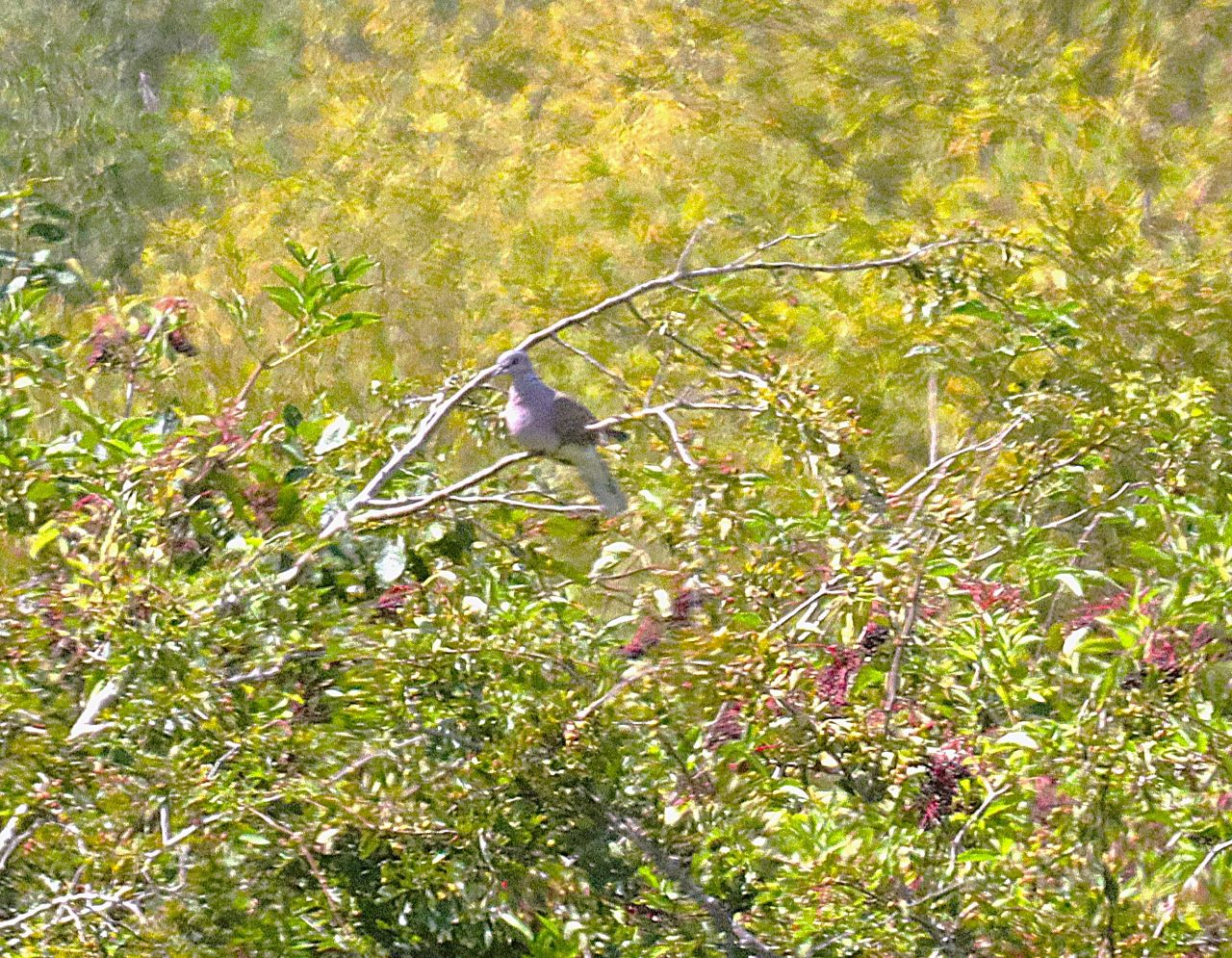
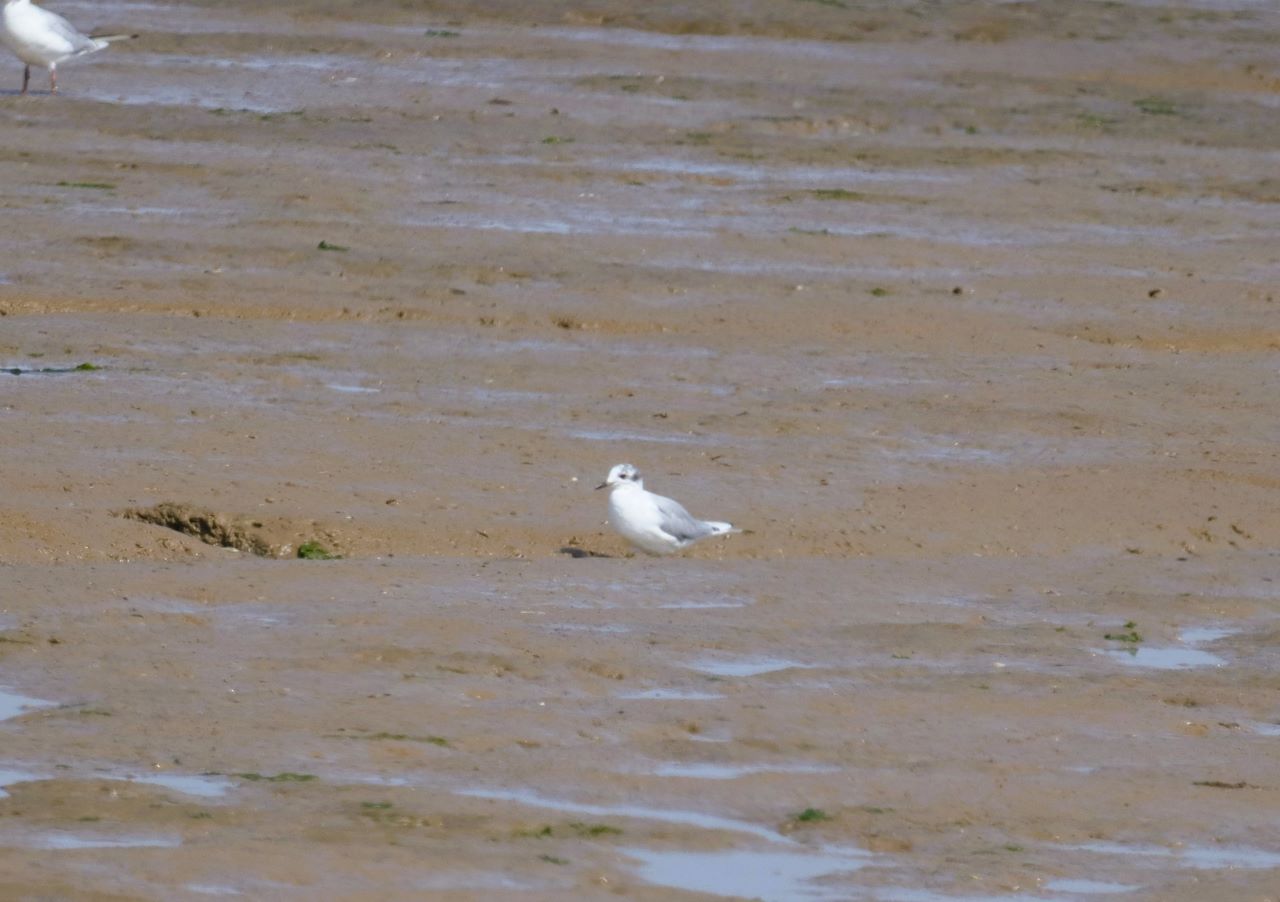
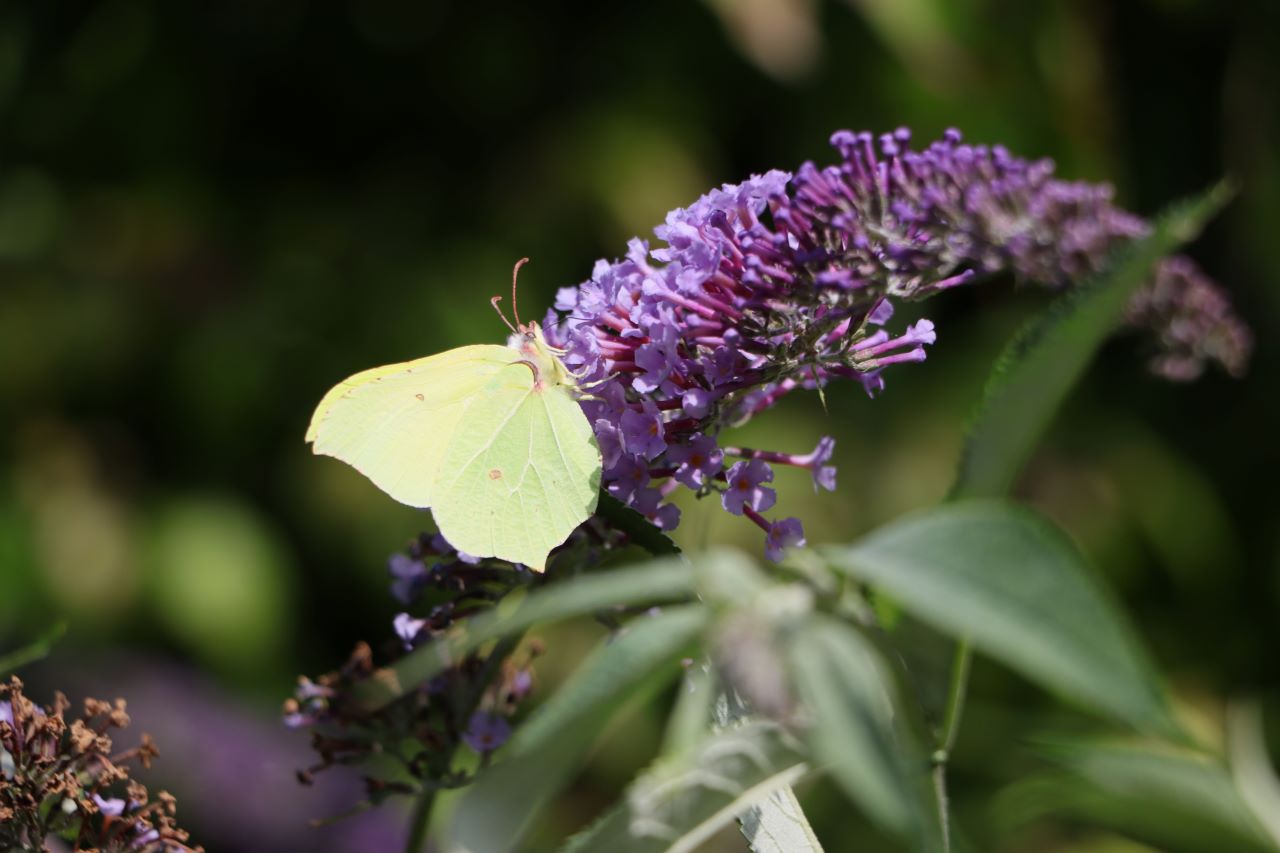

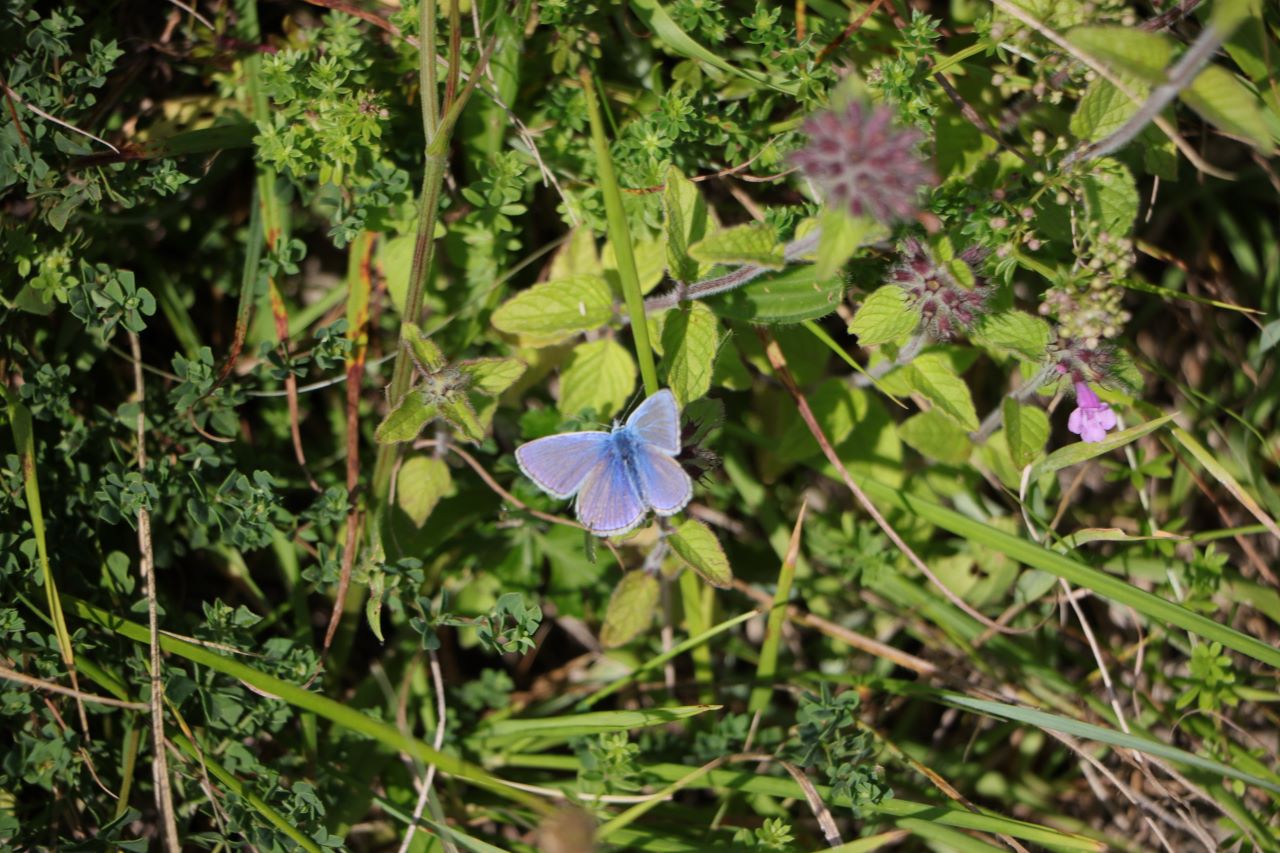
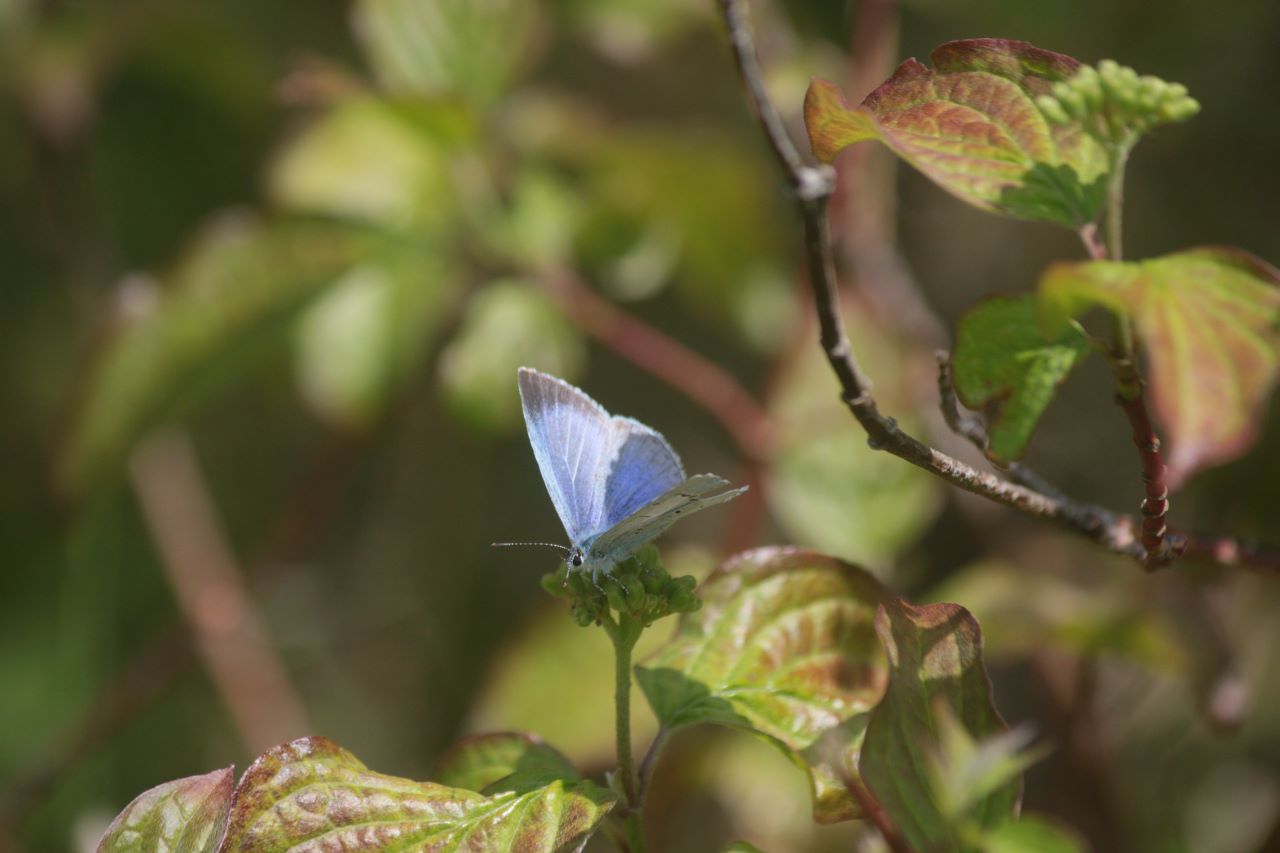

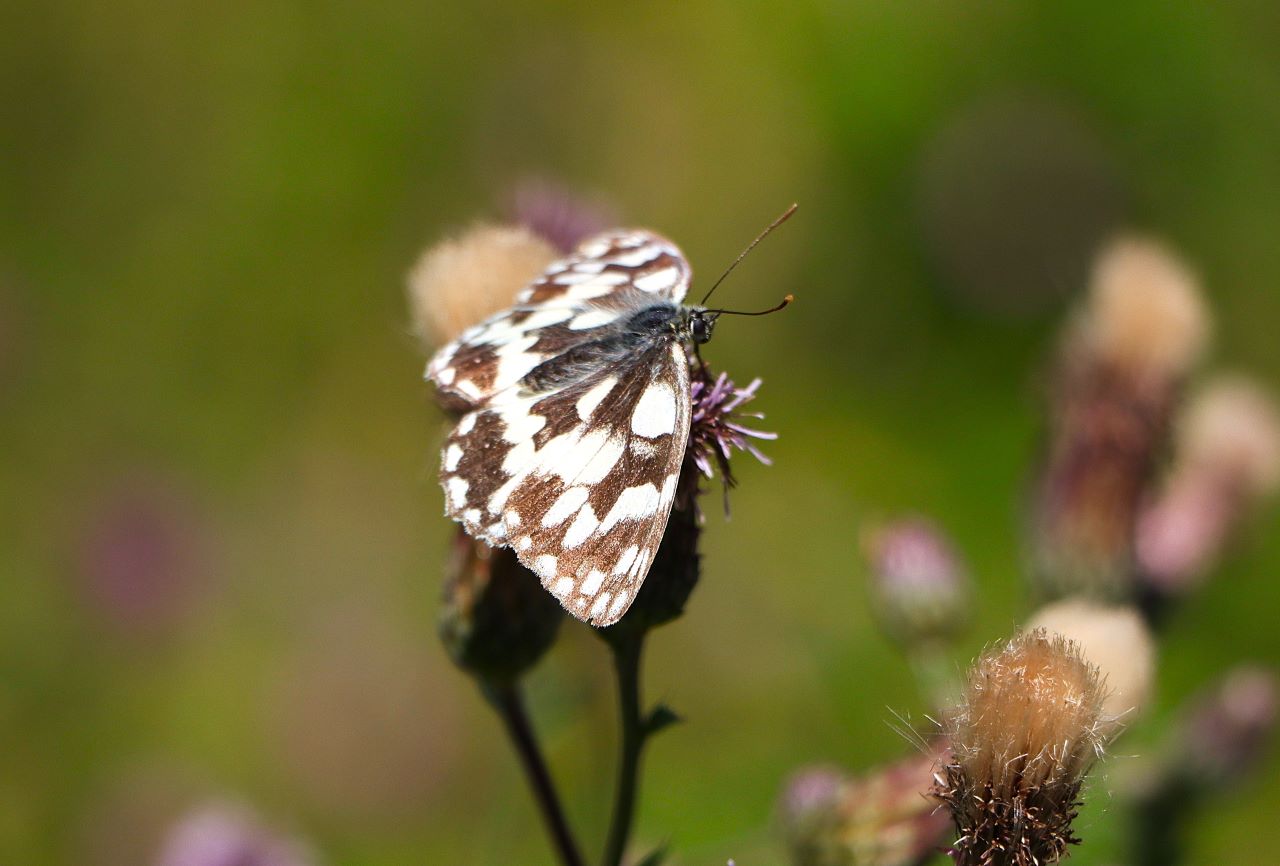
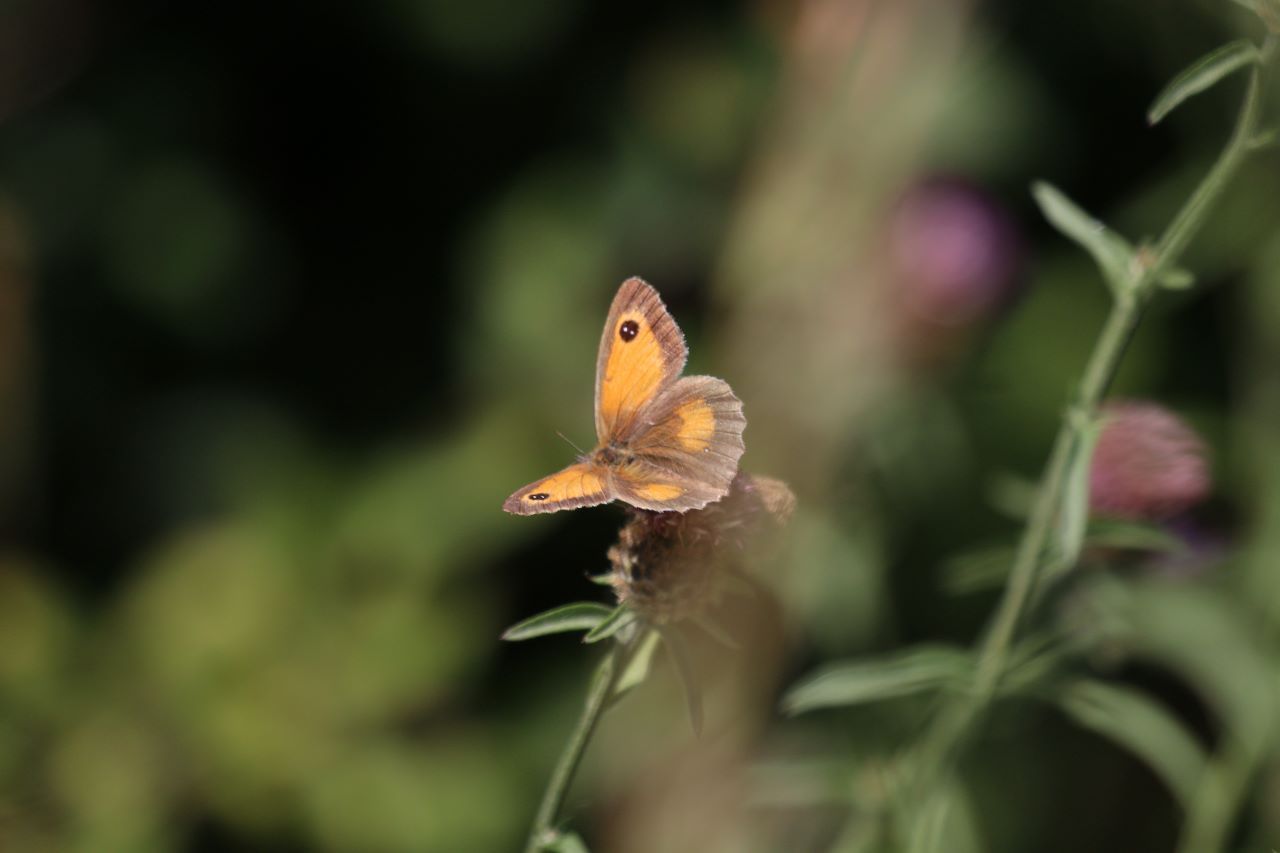
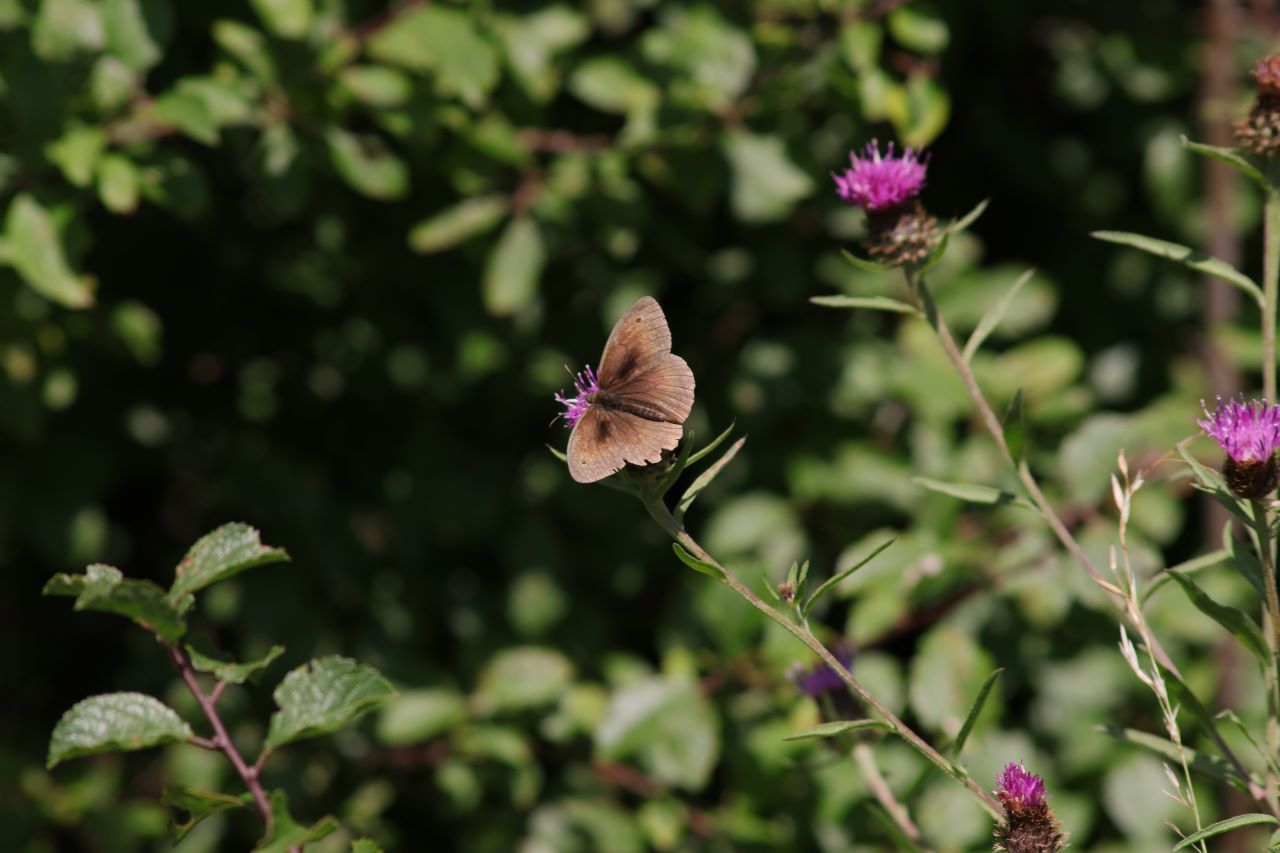
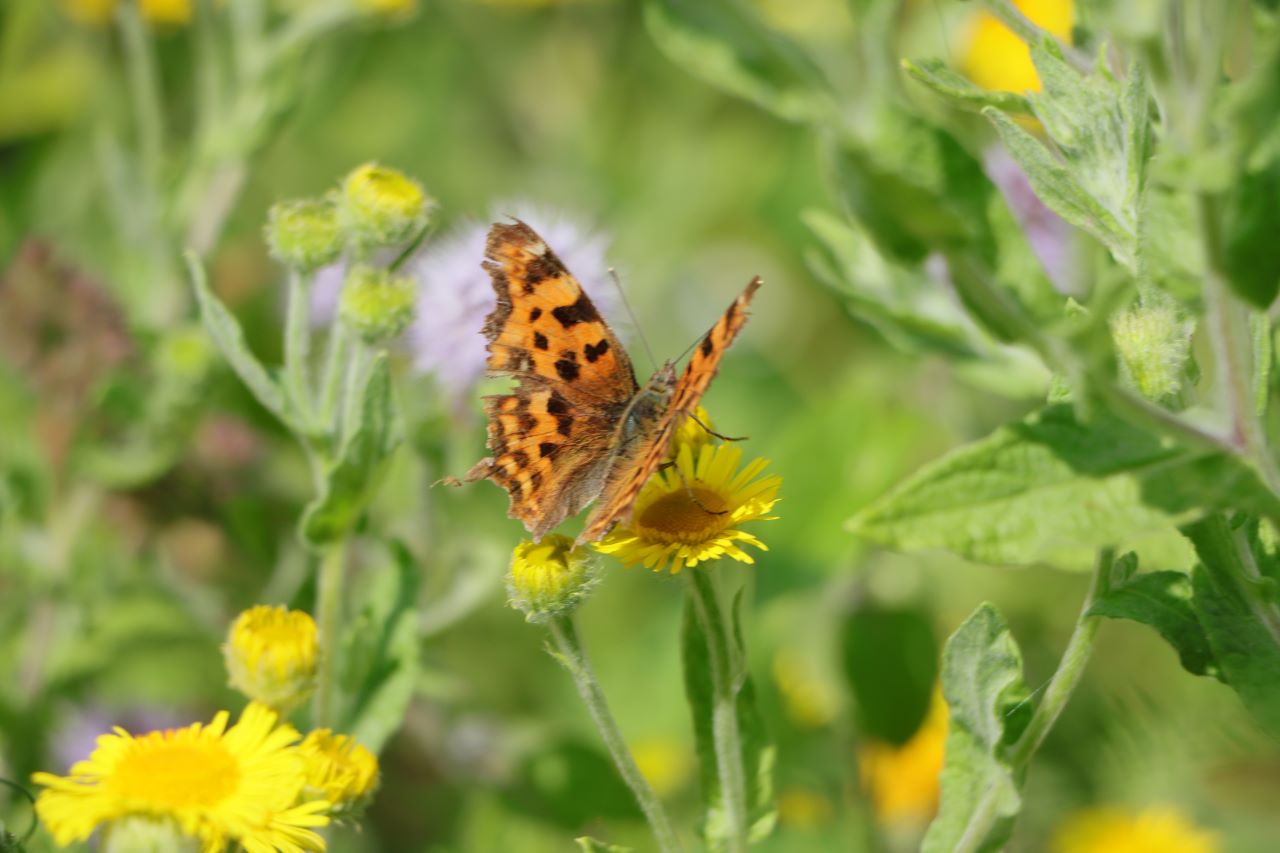
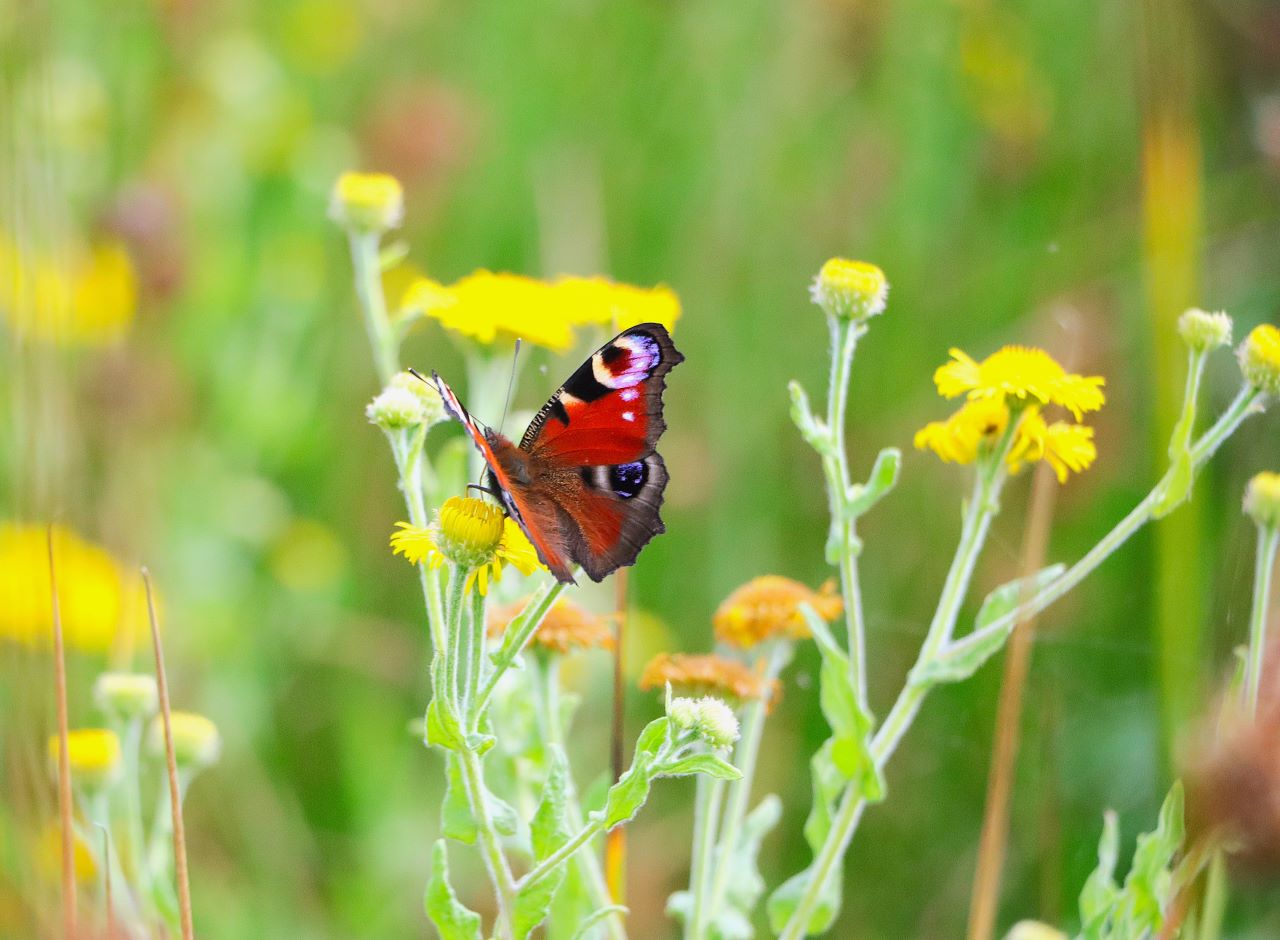
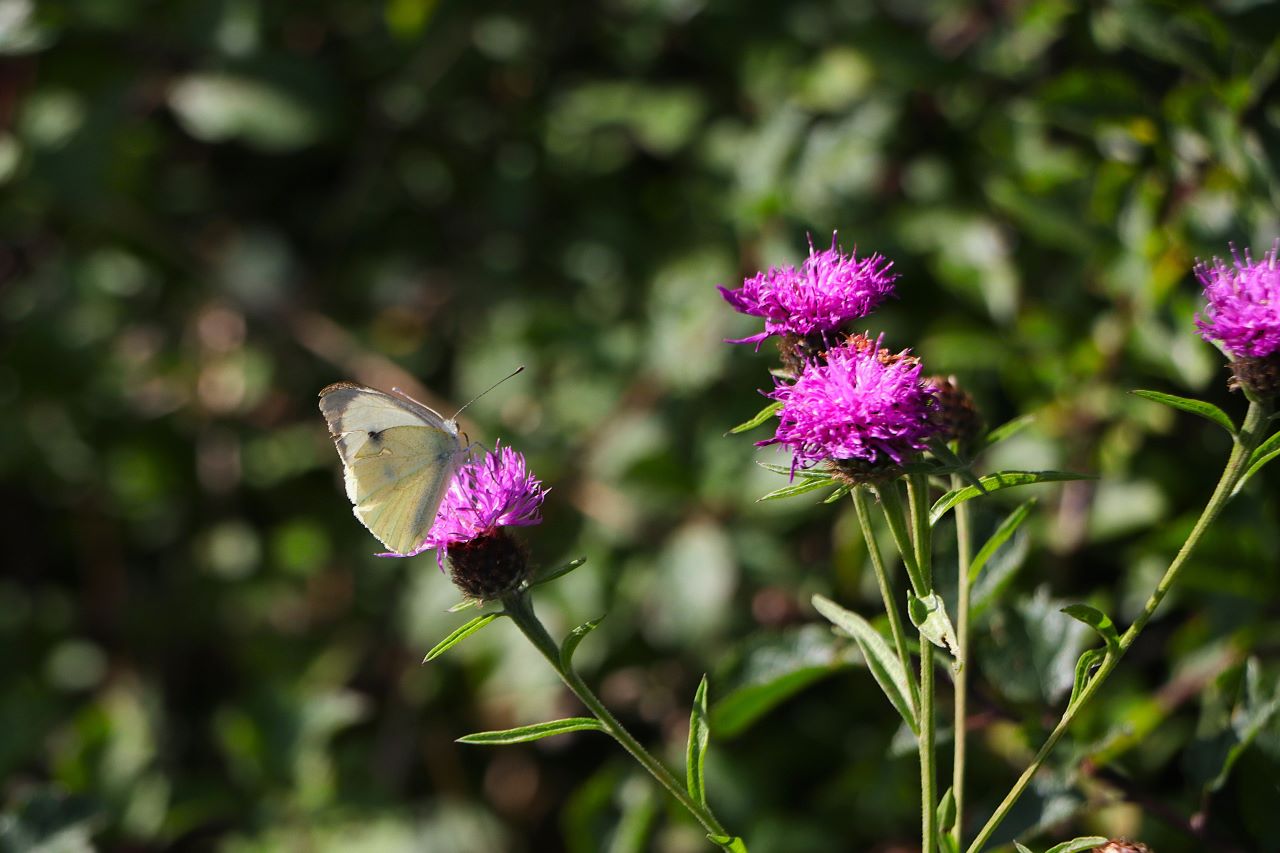
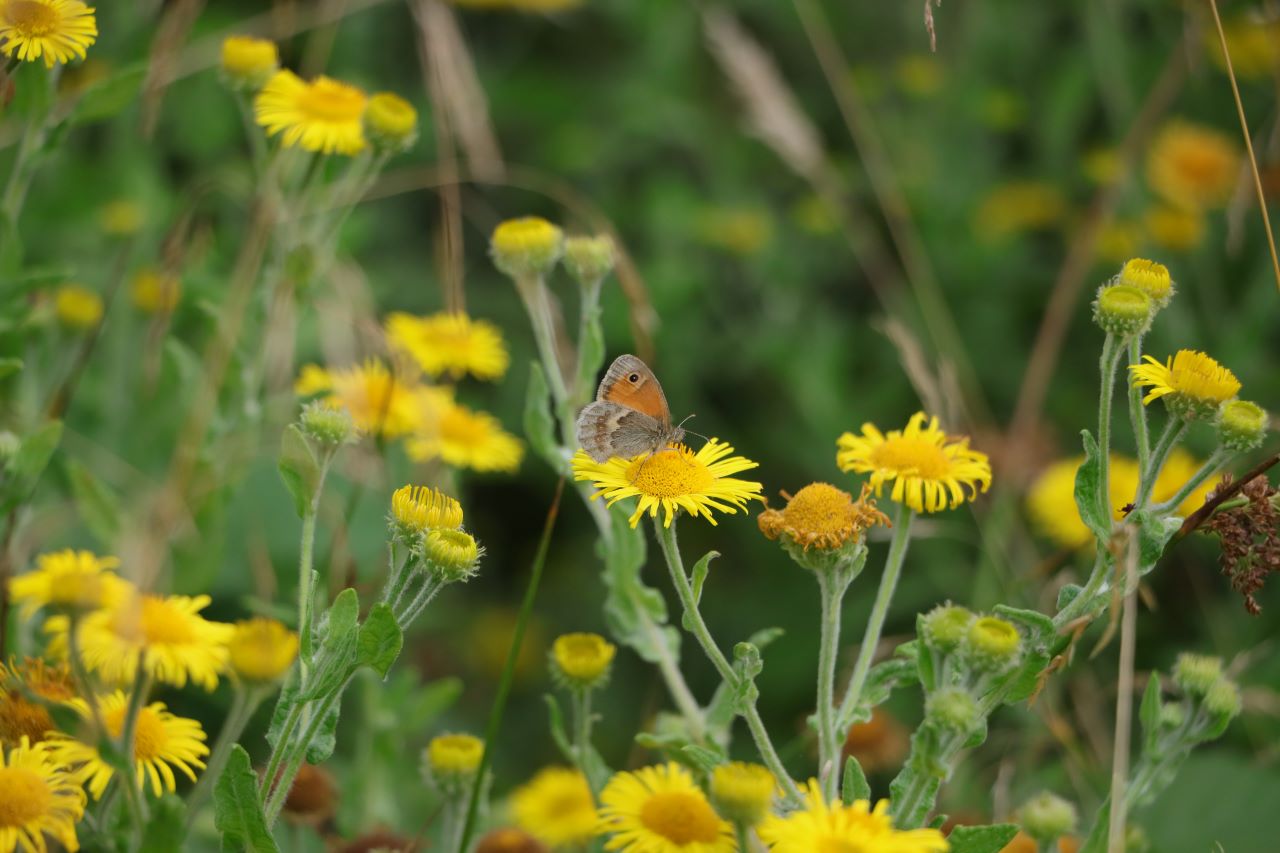
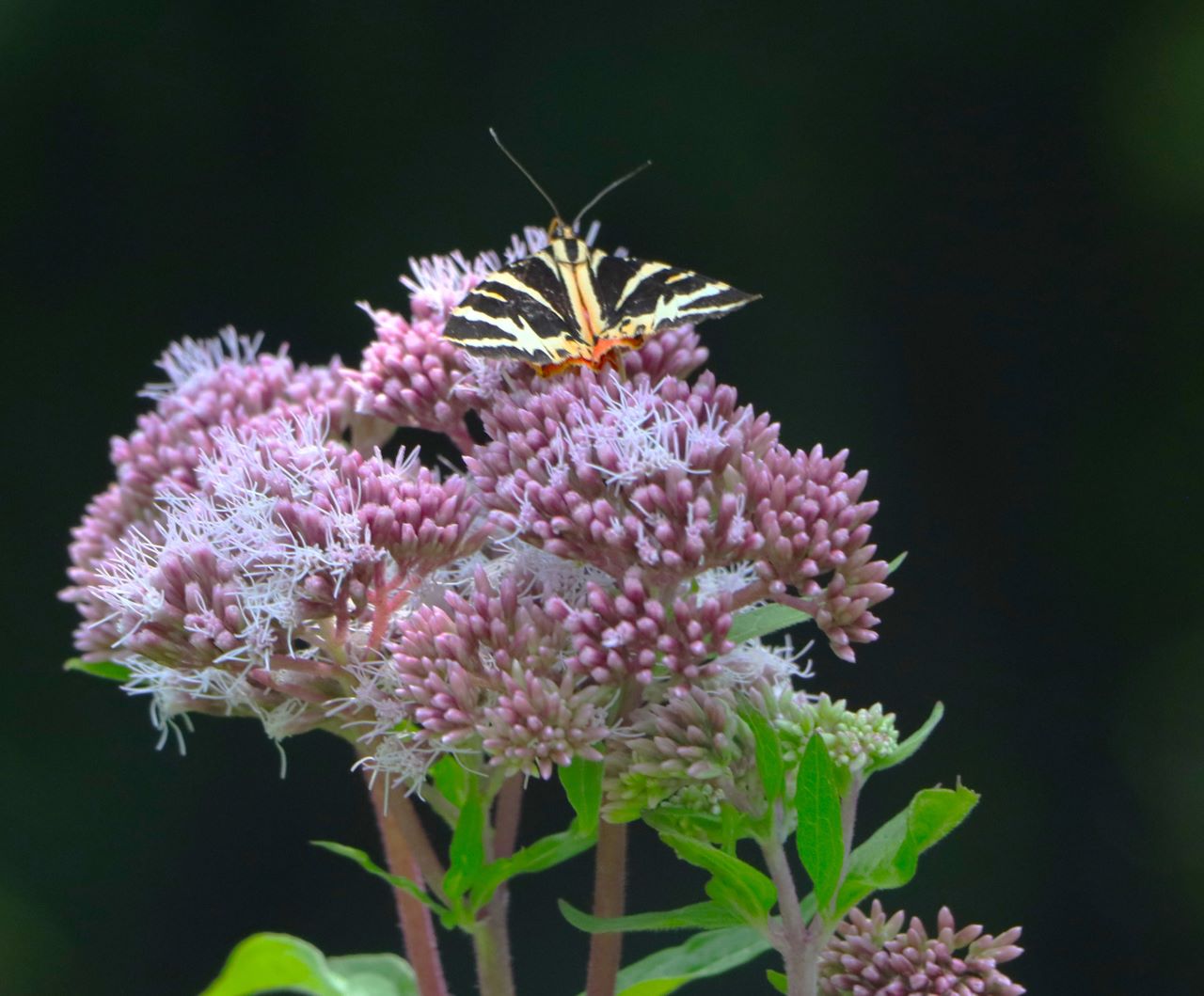
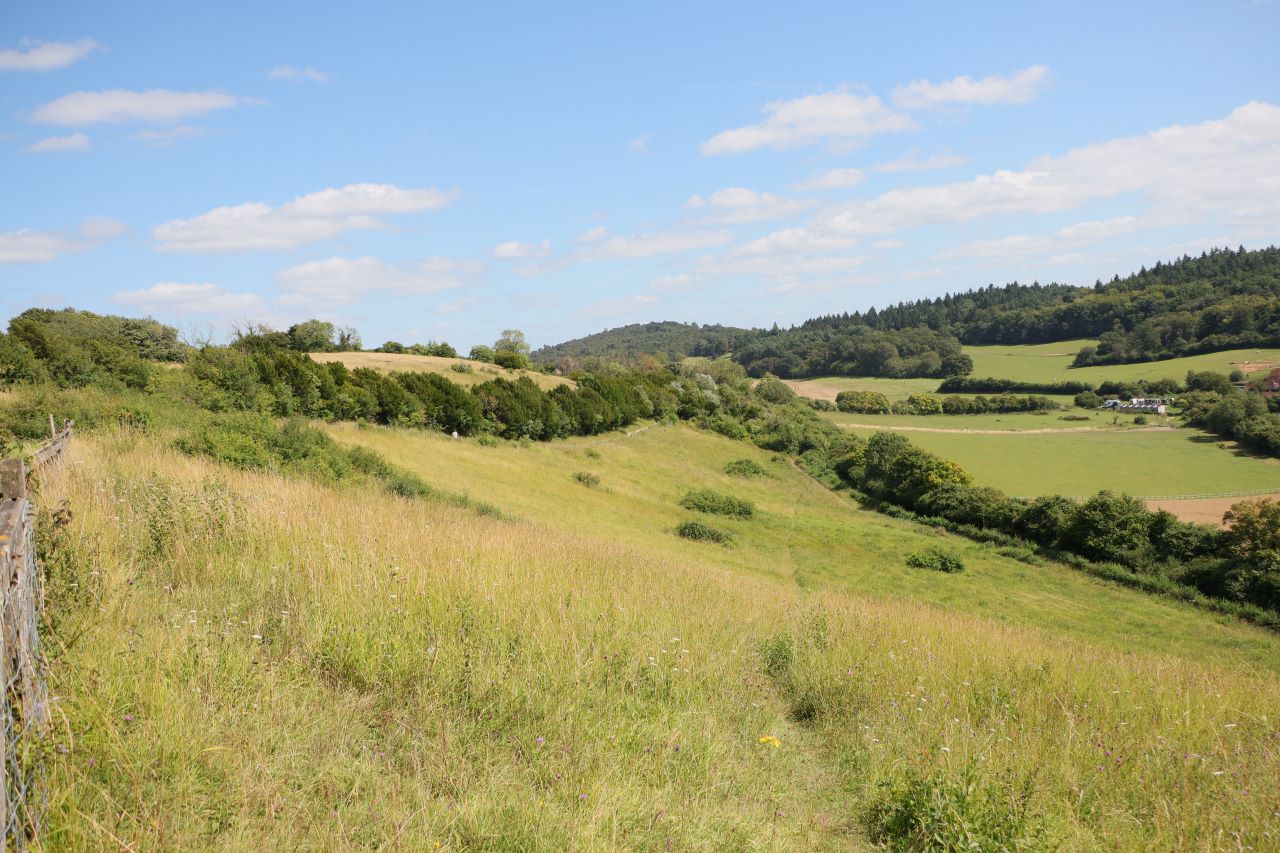
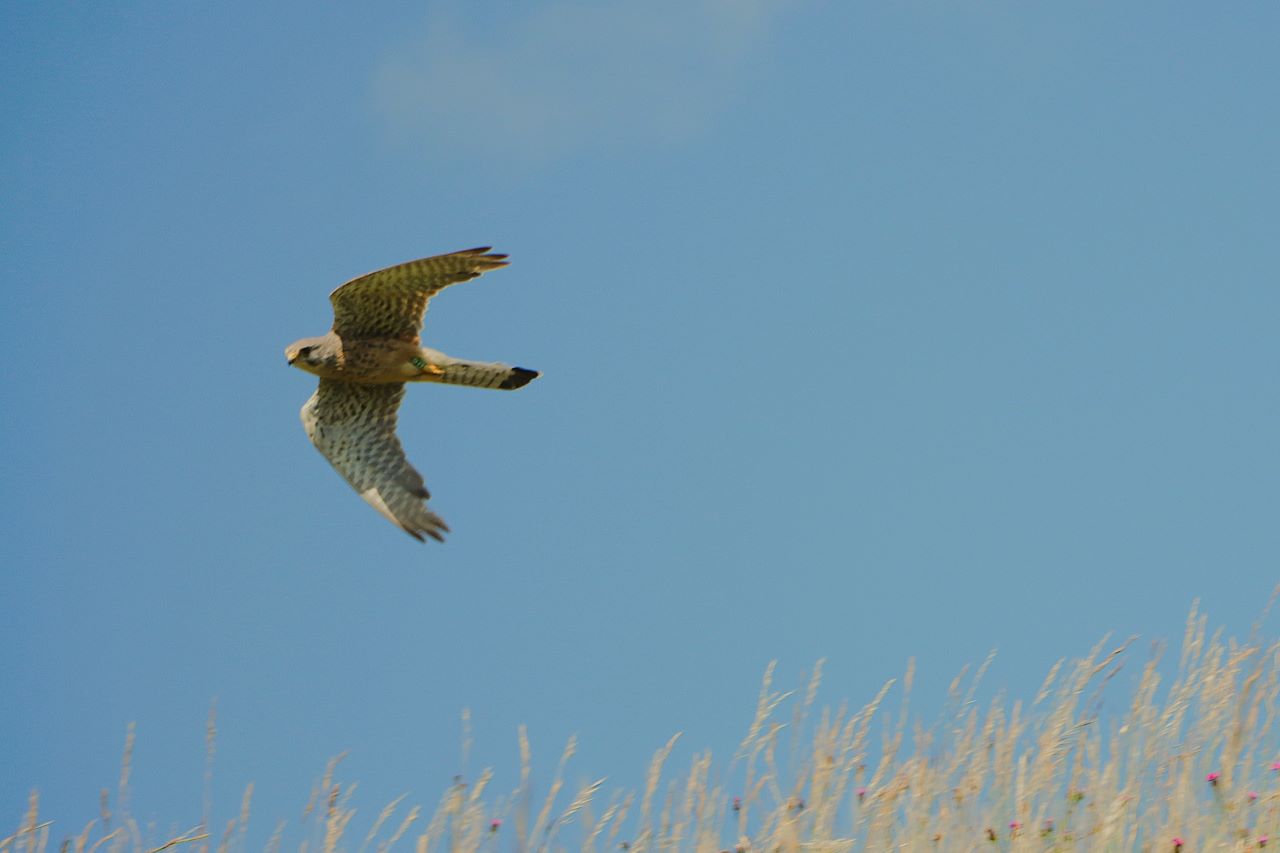
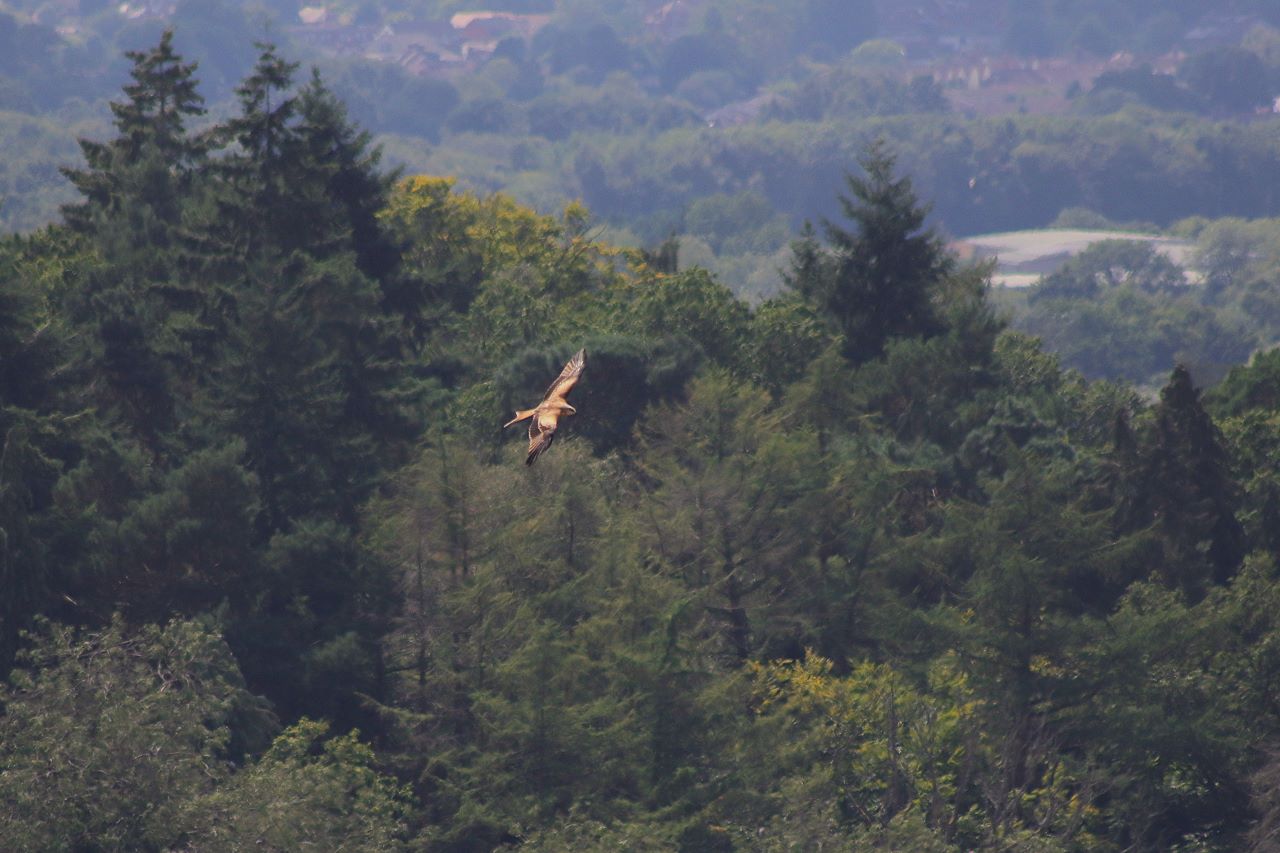
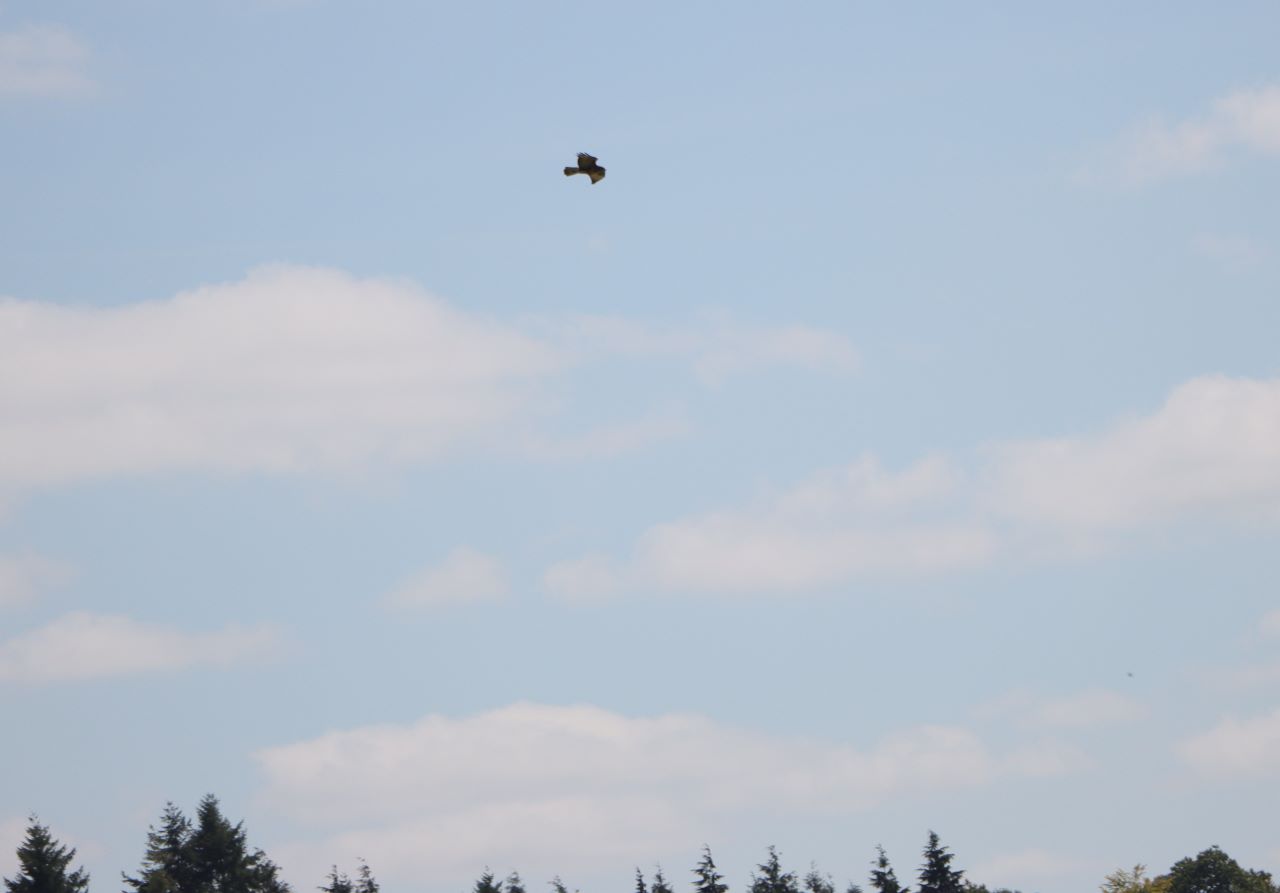
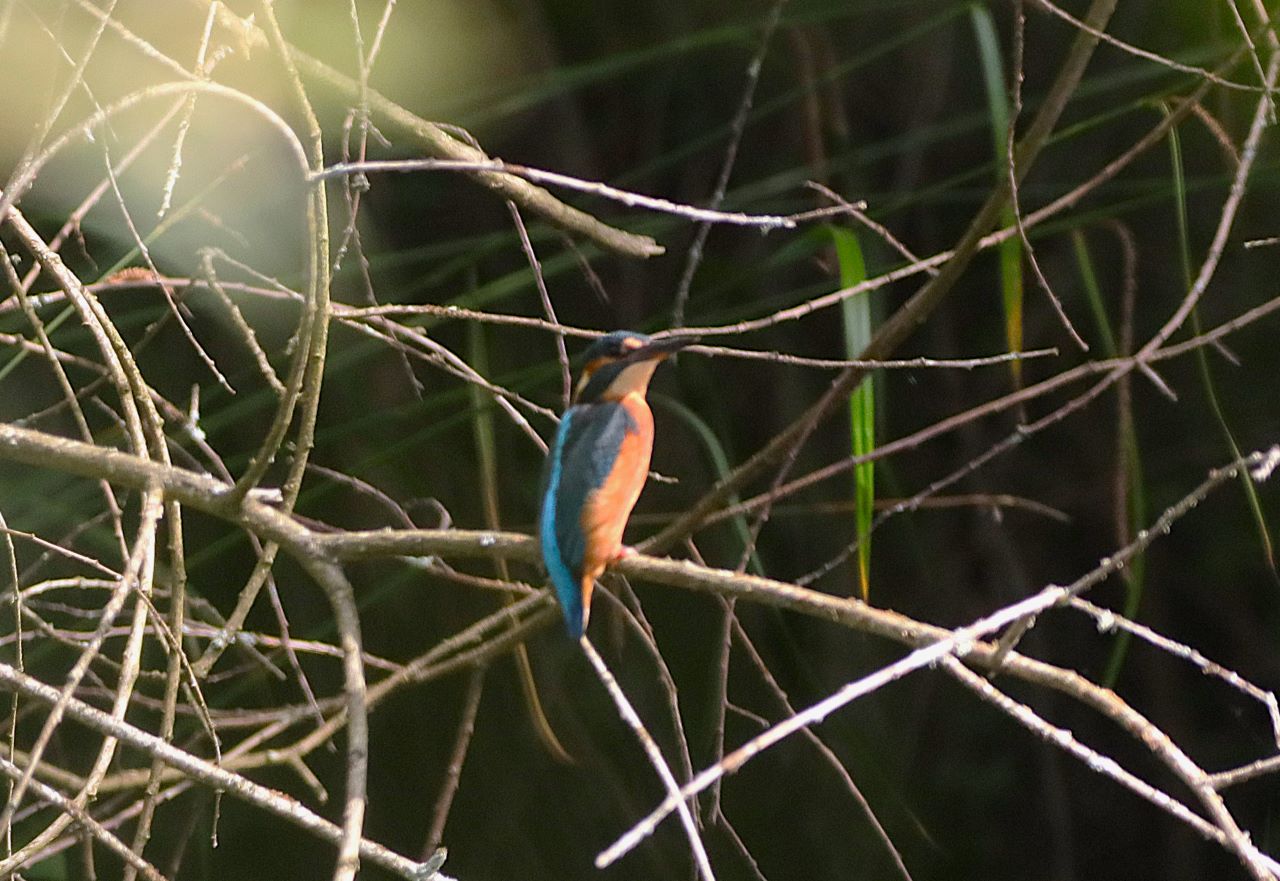

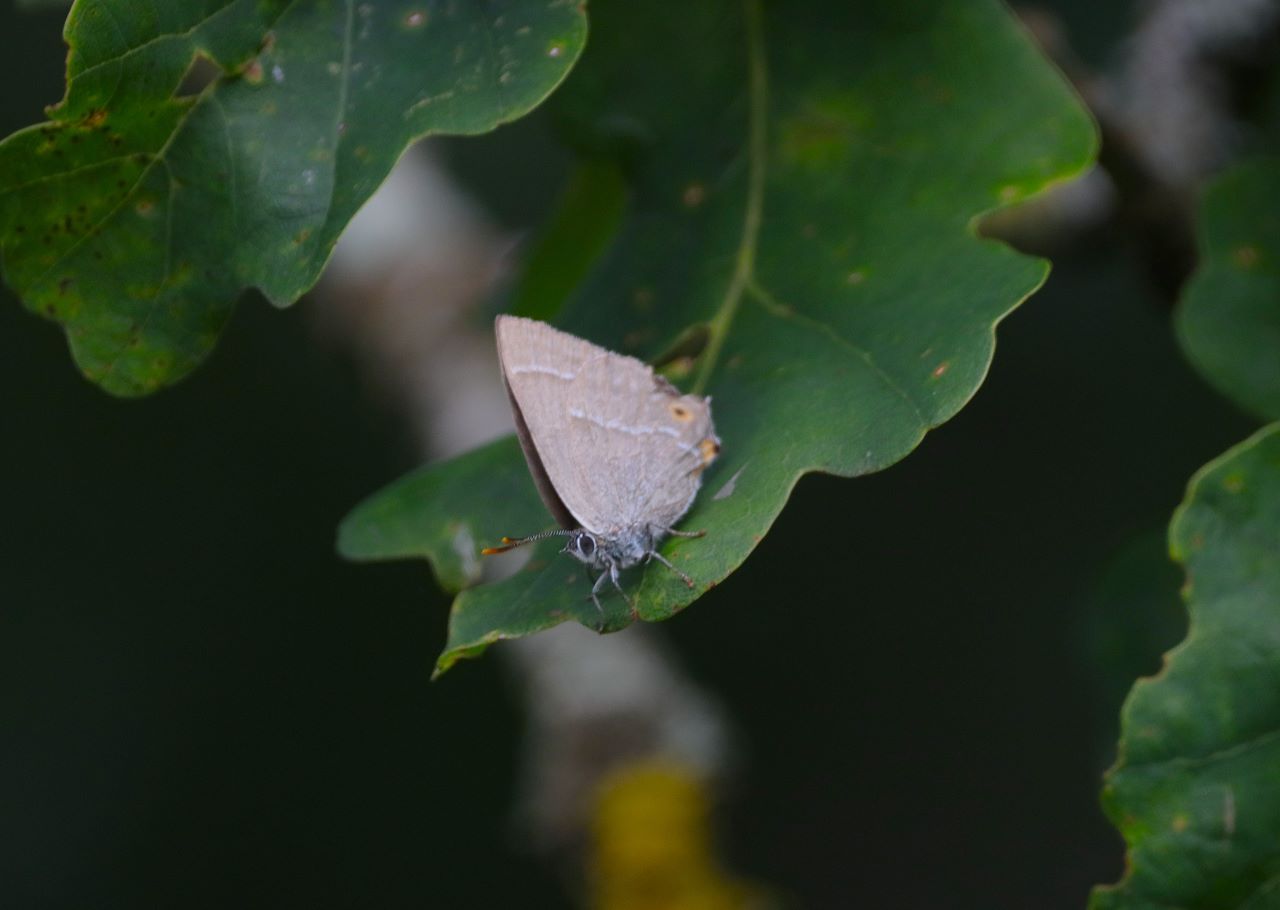
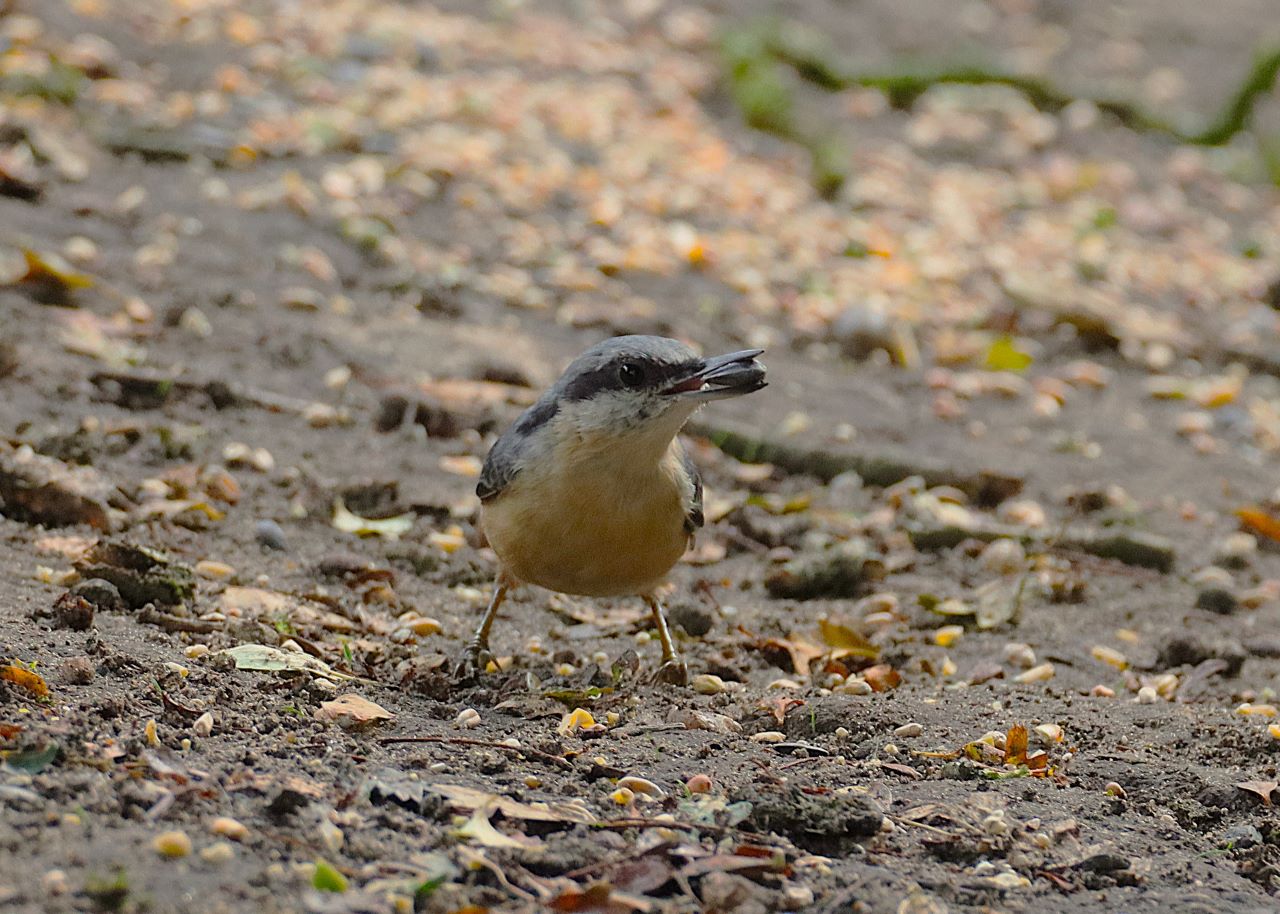
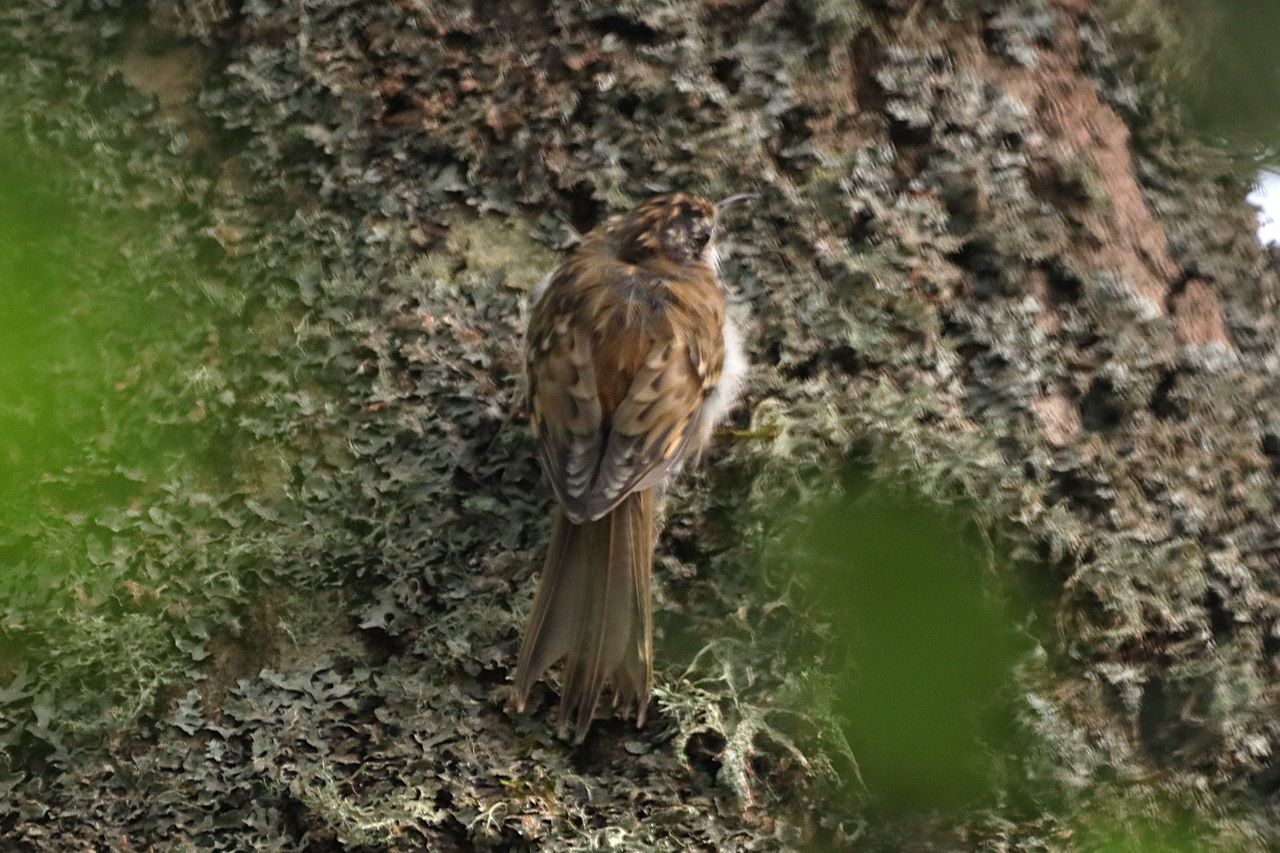
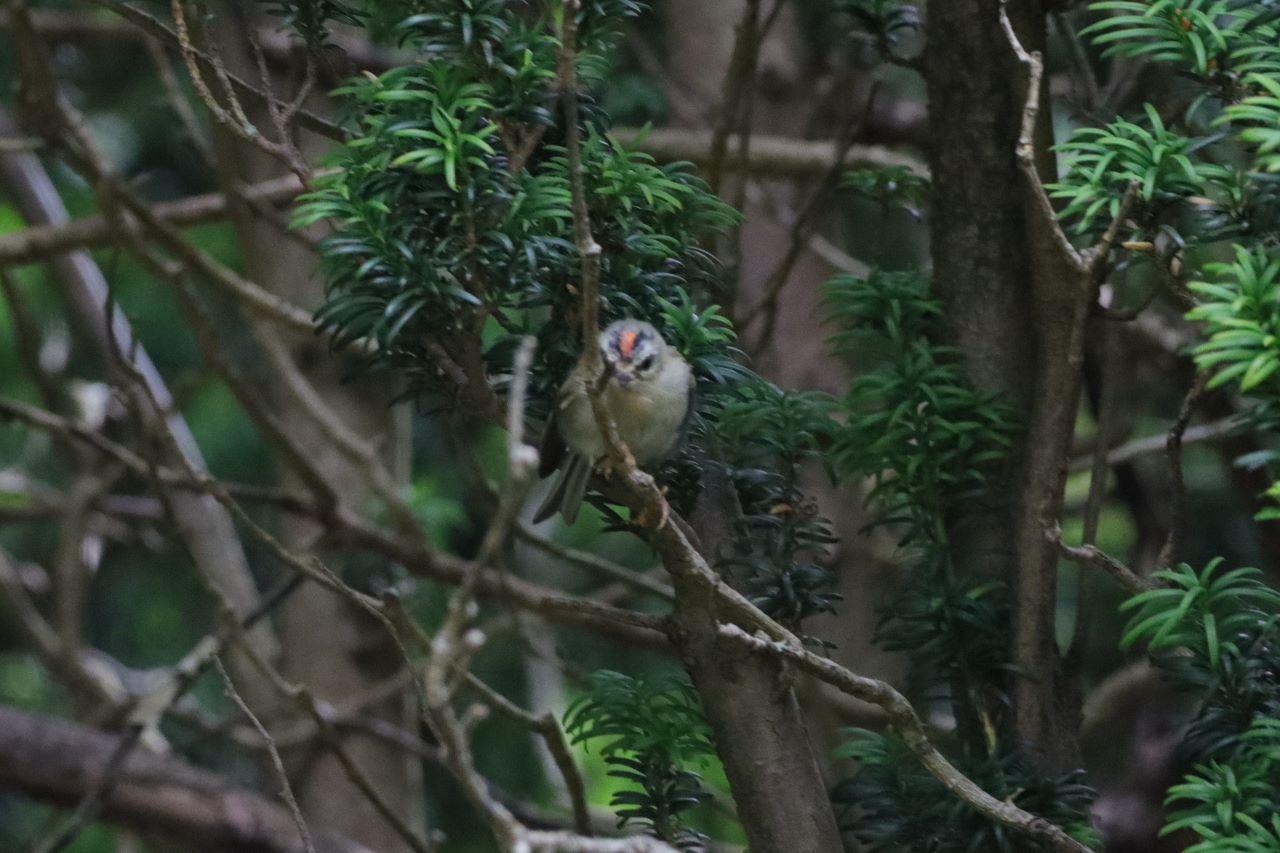
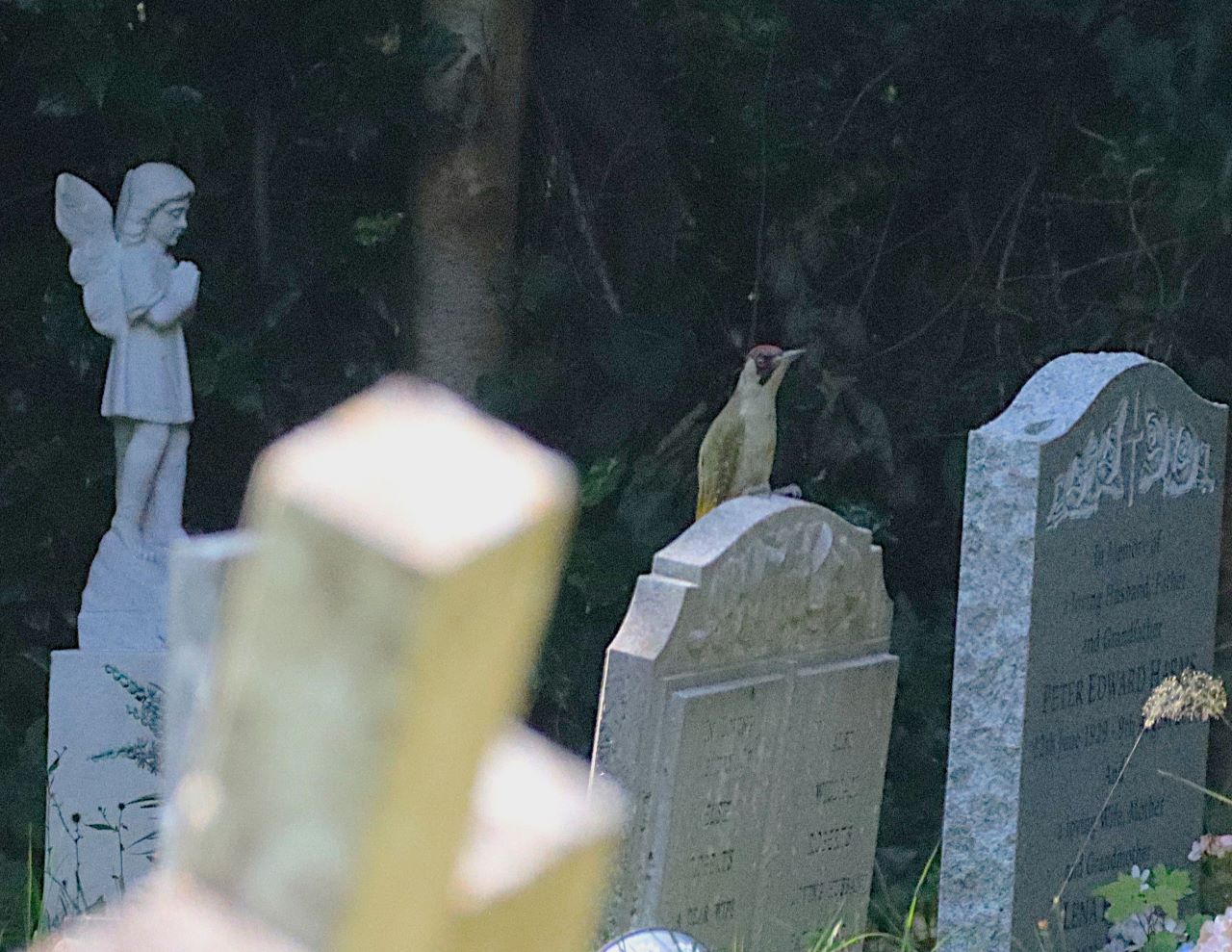
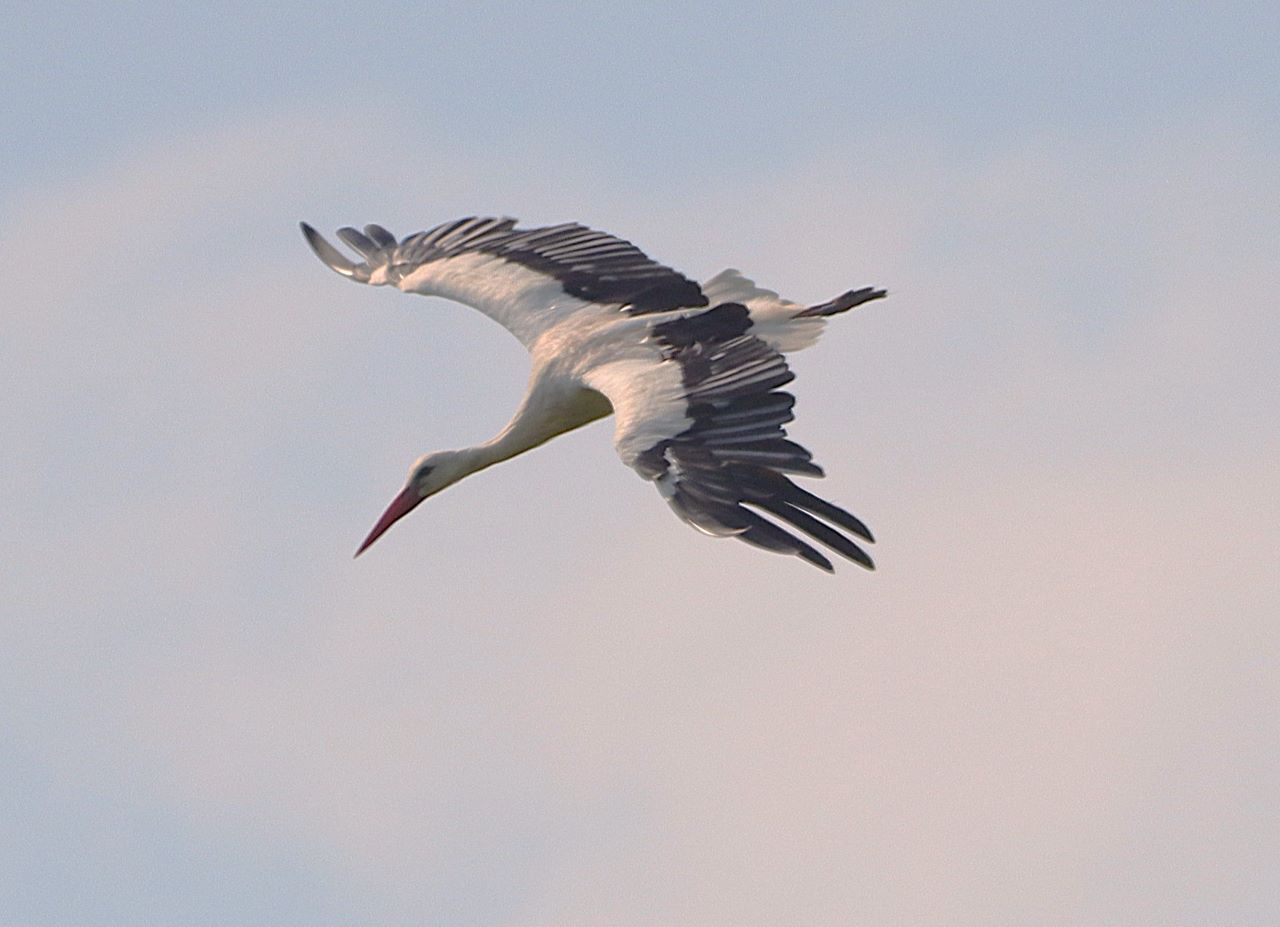
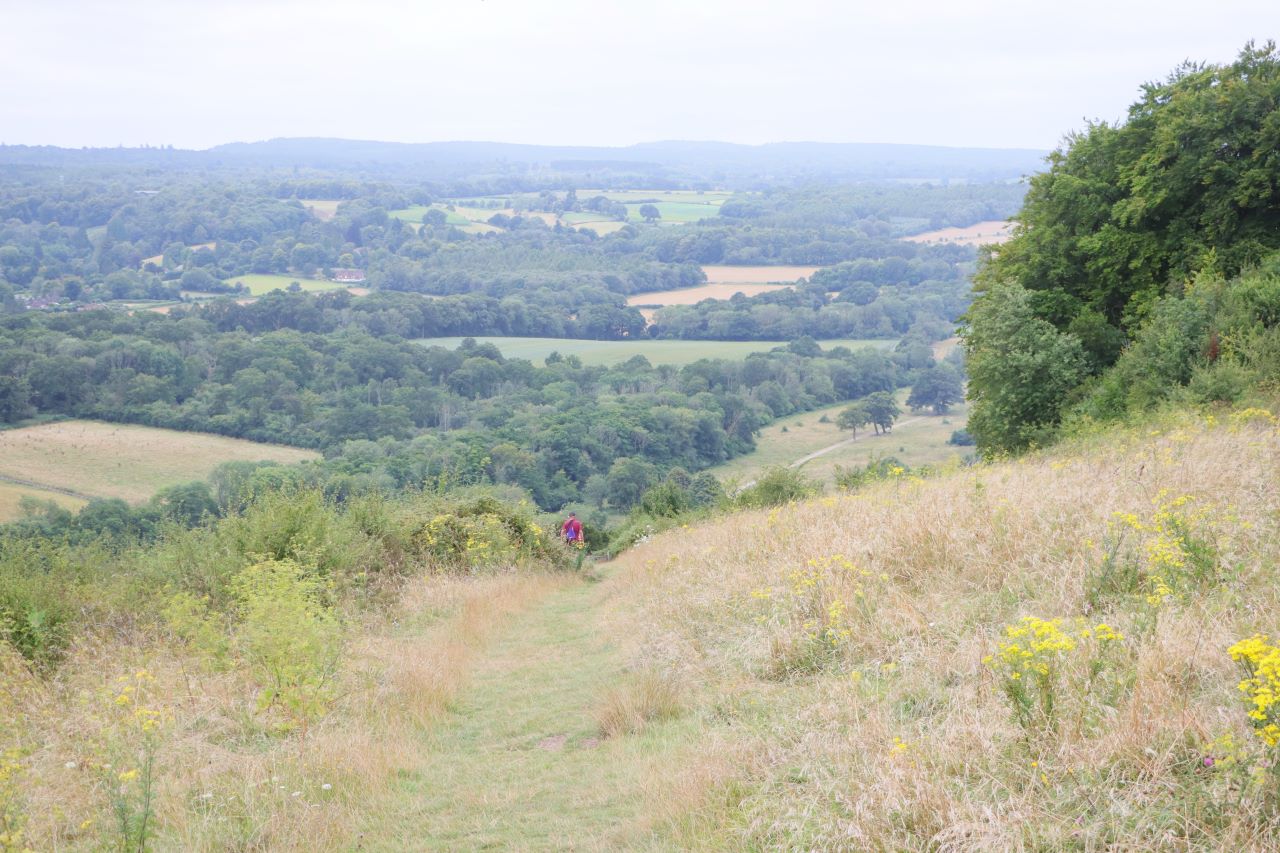
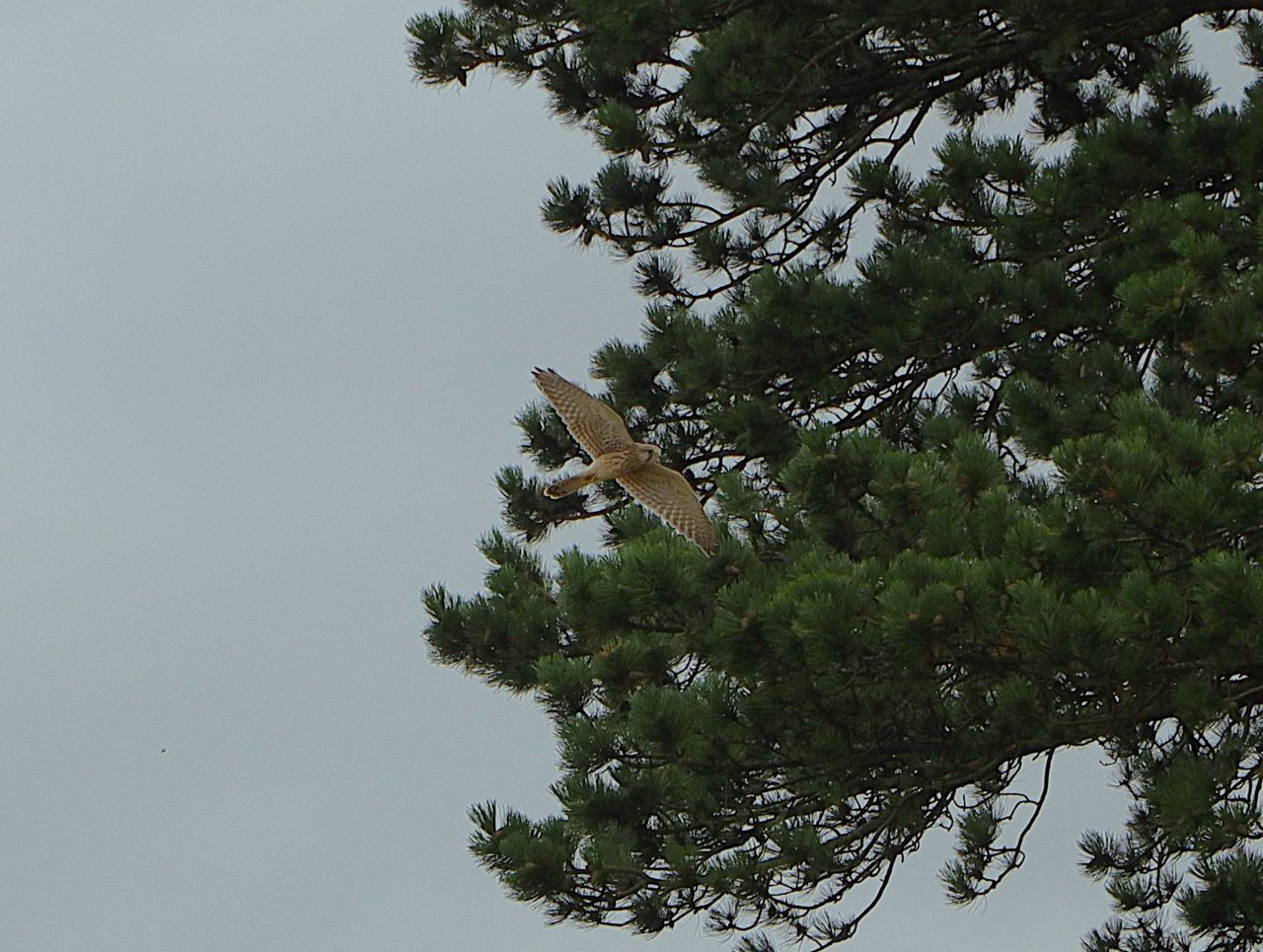
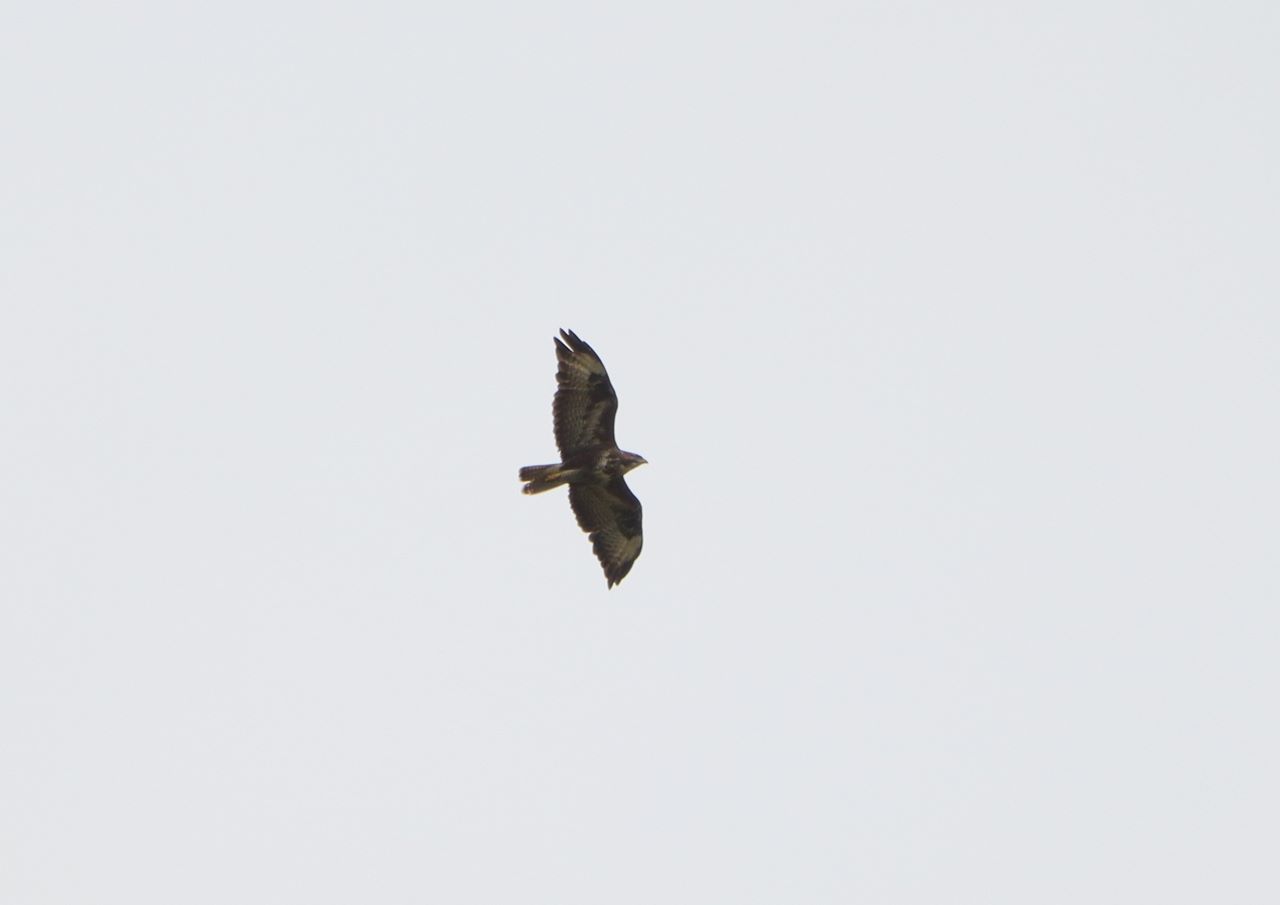
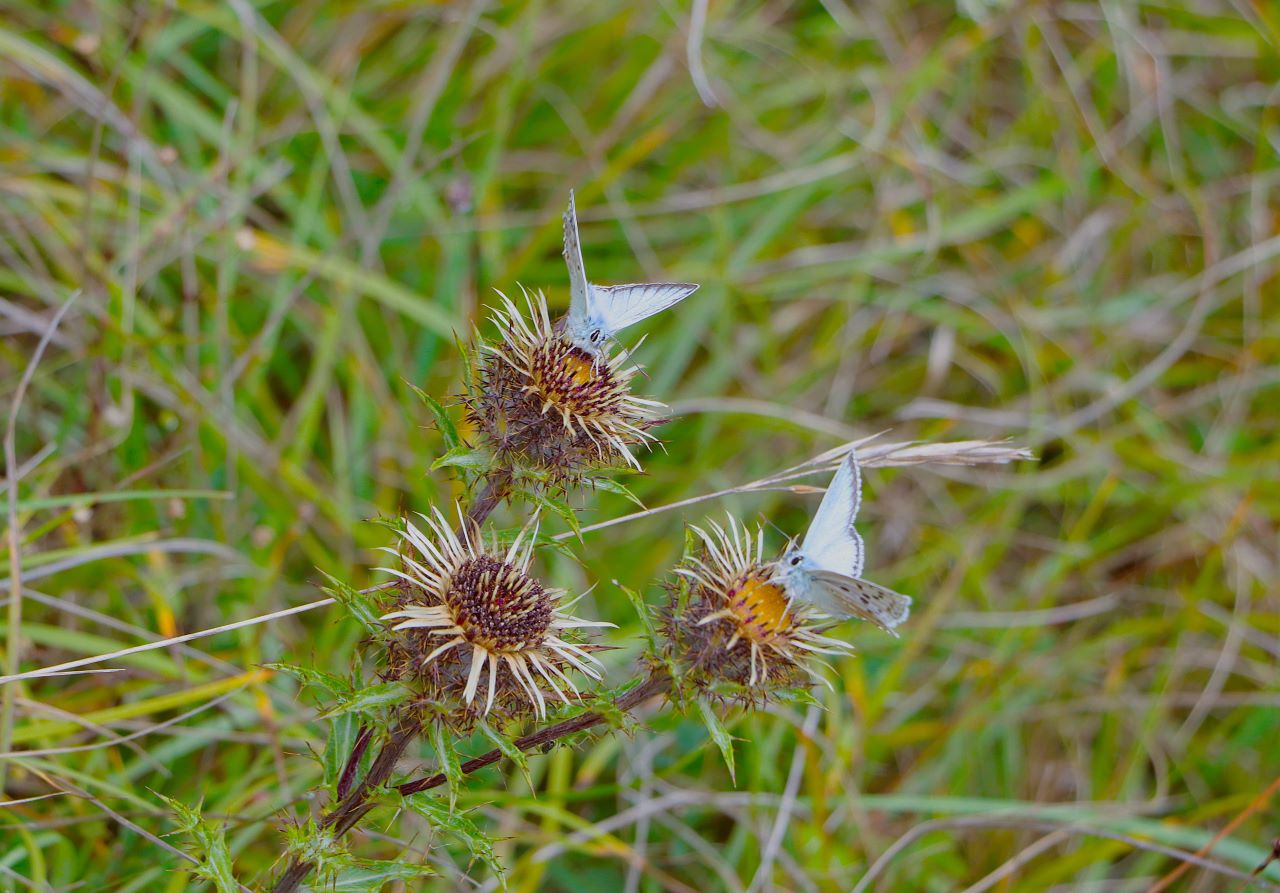
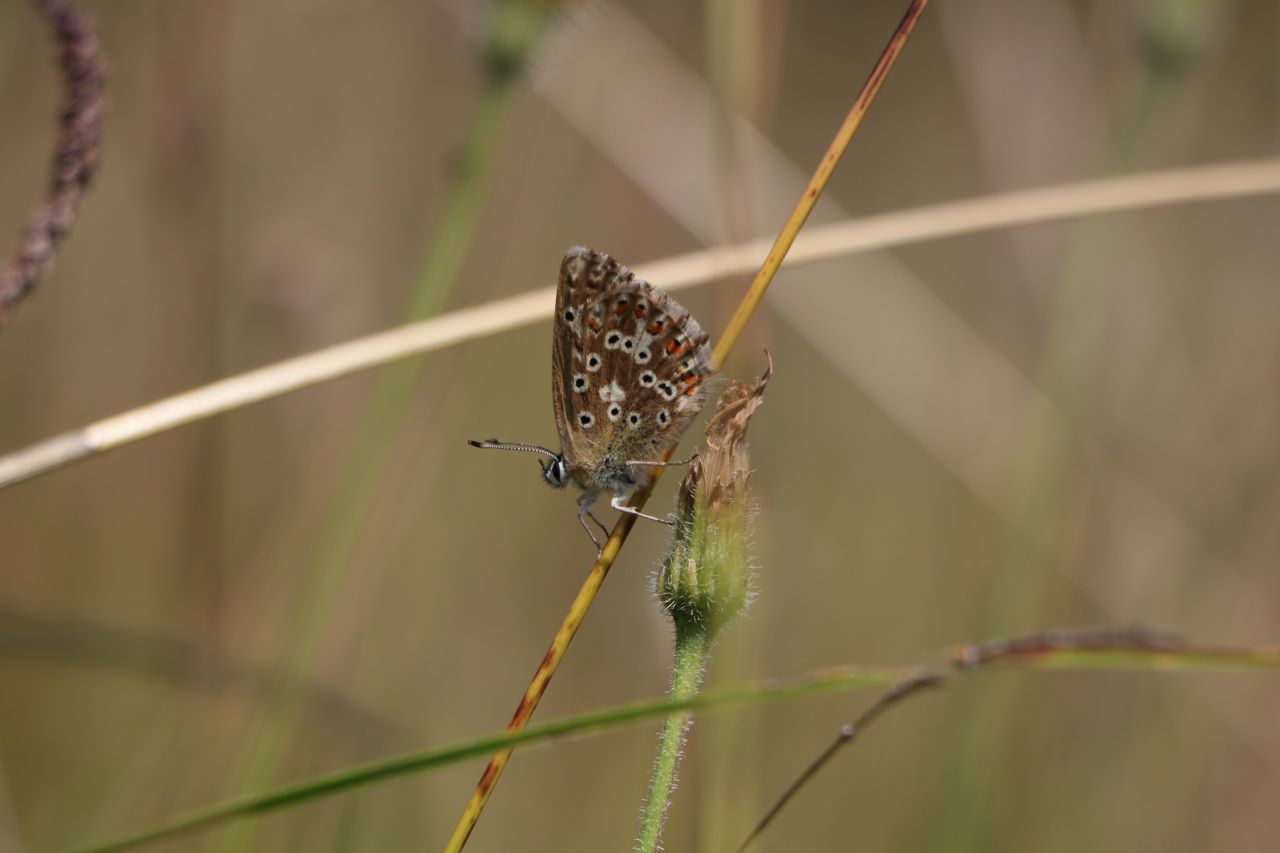
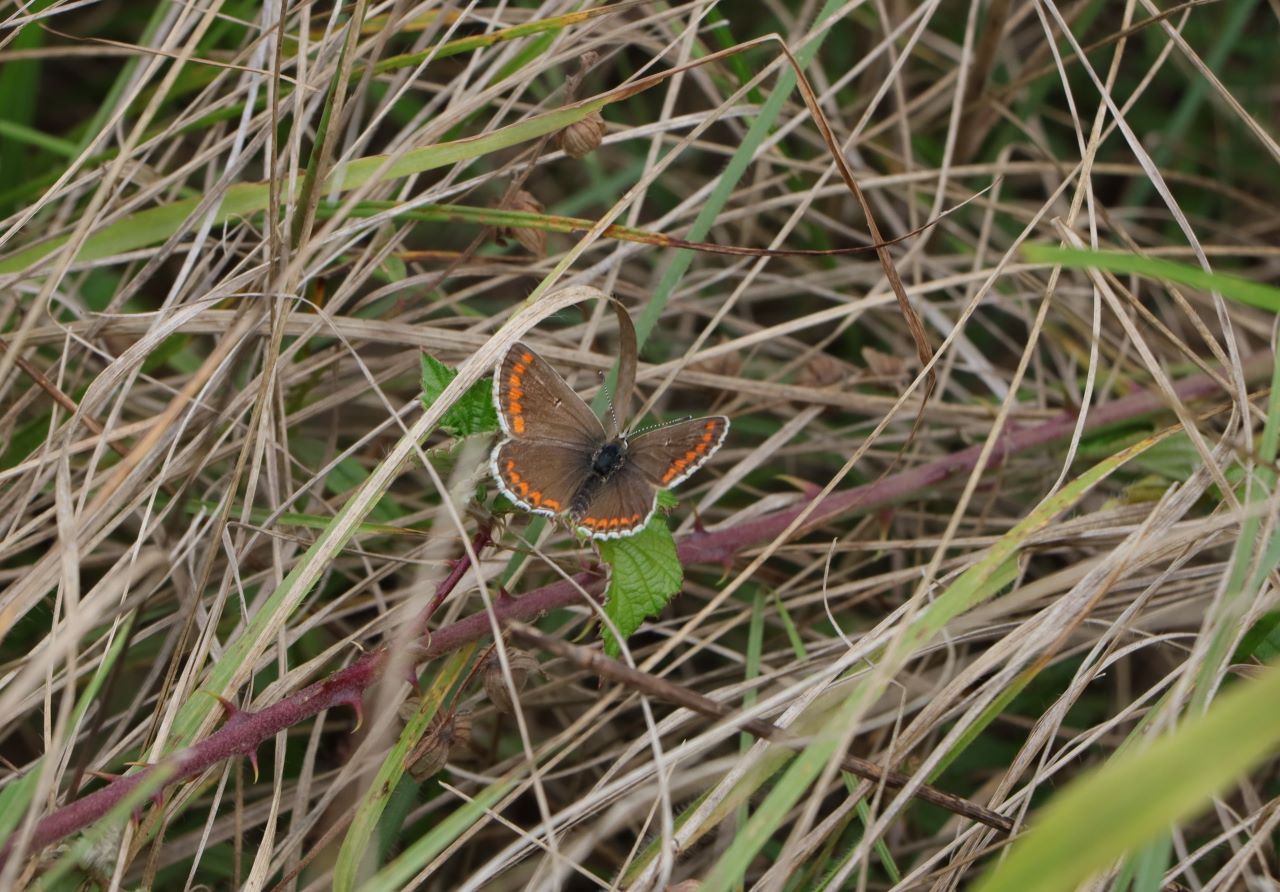
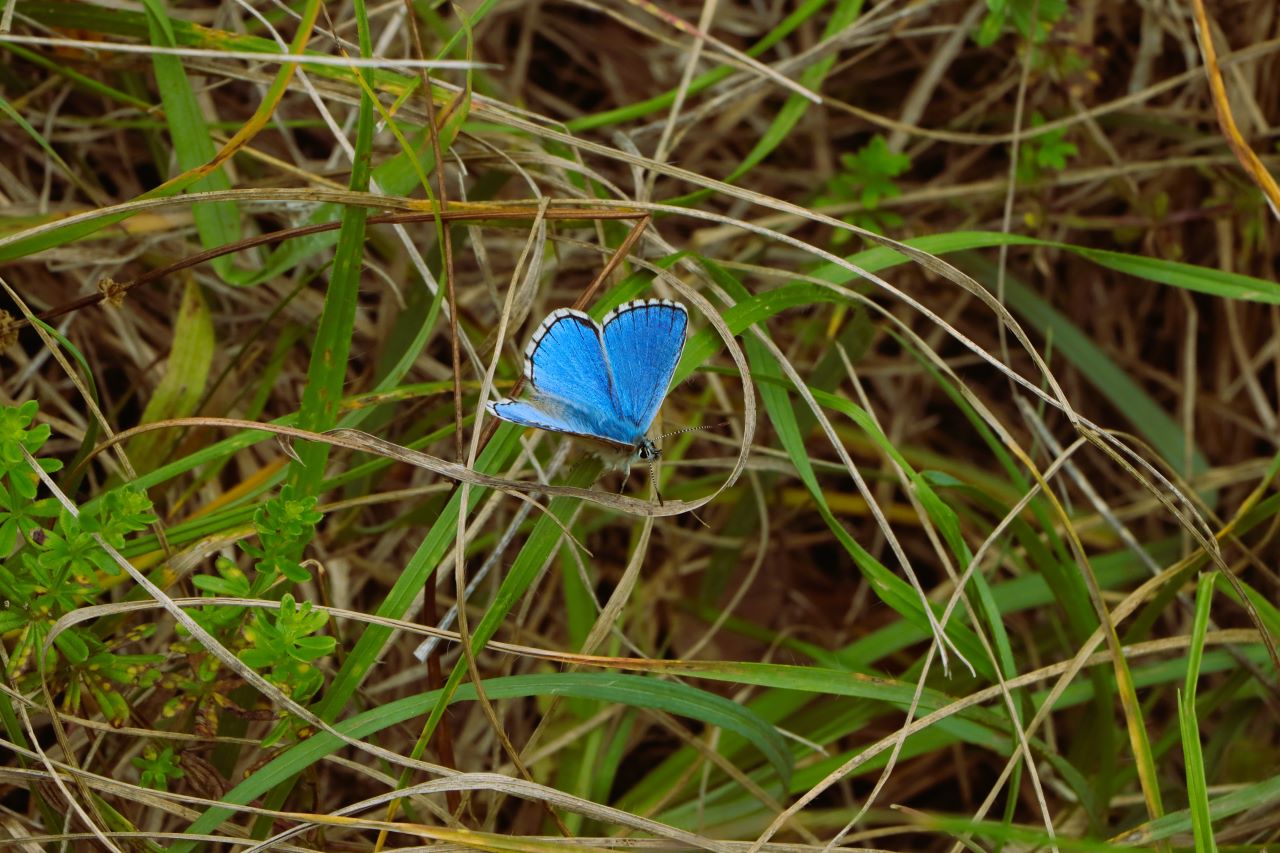
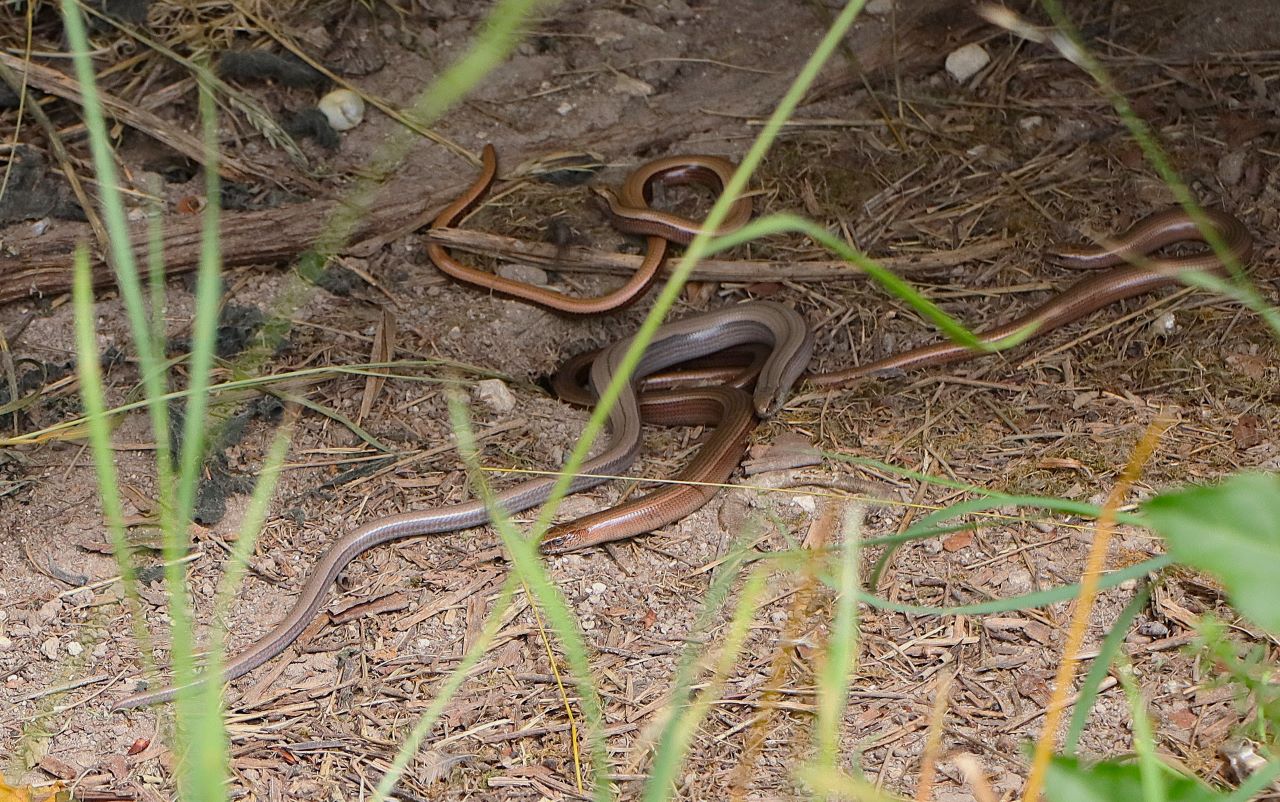
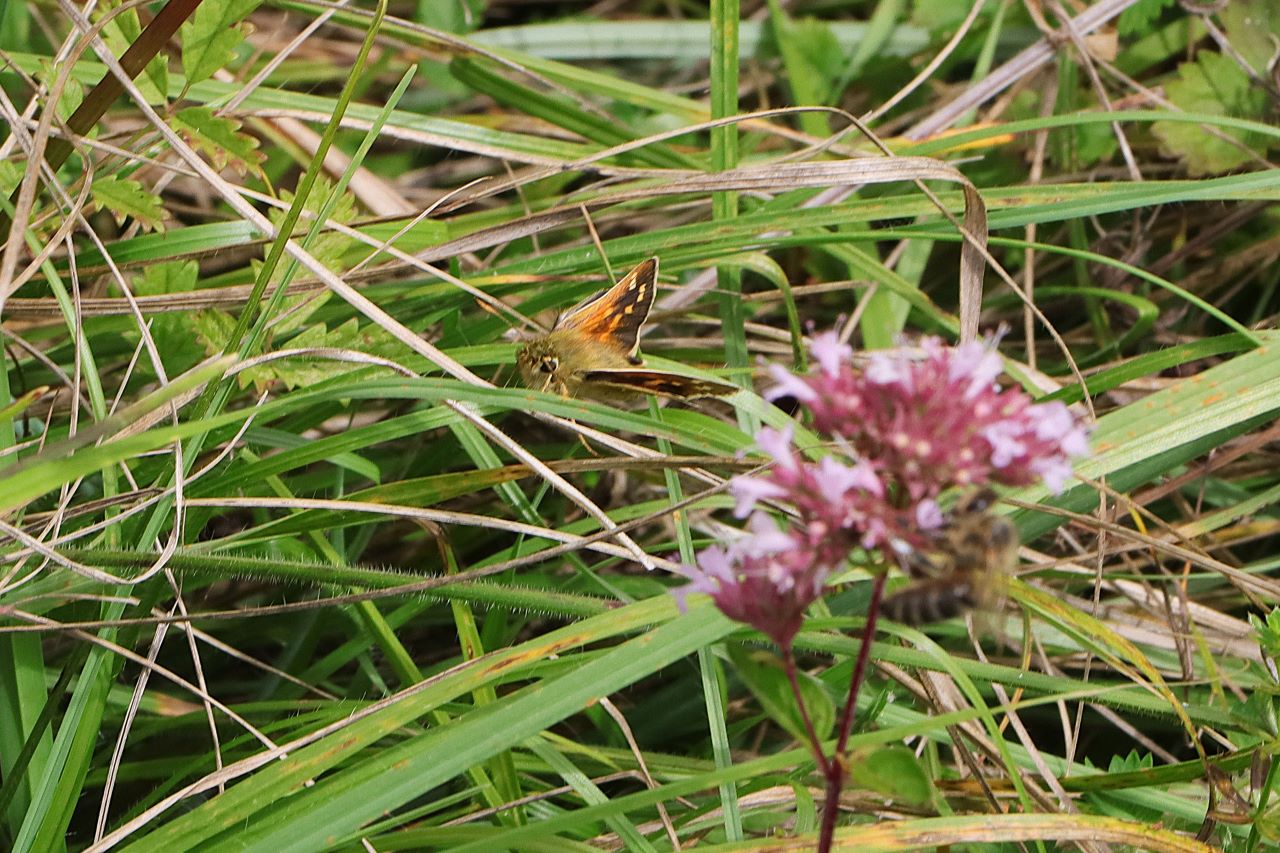









Simon Vine
August 21, 2024 at 6:38 am
Great report and pics Malcolm and a fantastic day we had at Farlington. Seeing those bearded reedlings for the first time was phenomenal!